We've teamed up with the National Park Foundation - join the movement to protect our national parks, donate at checkout!

The Perfect Road Trip to See Every U.S. National Park
by US Park Pass | Mar 9, 2020
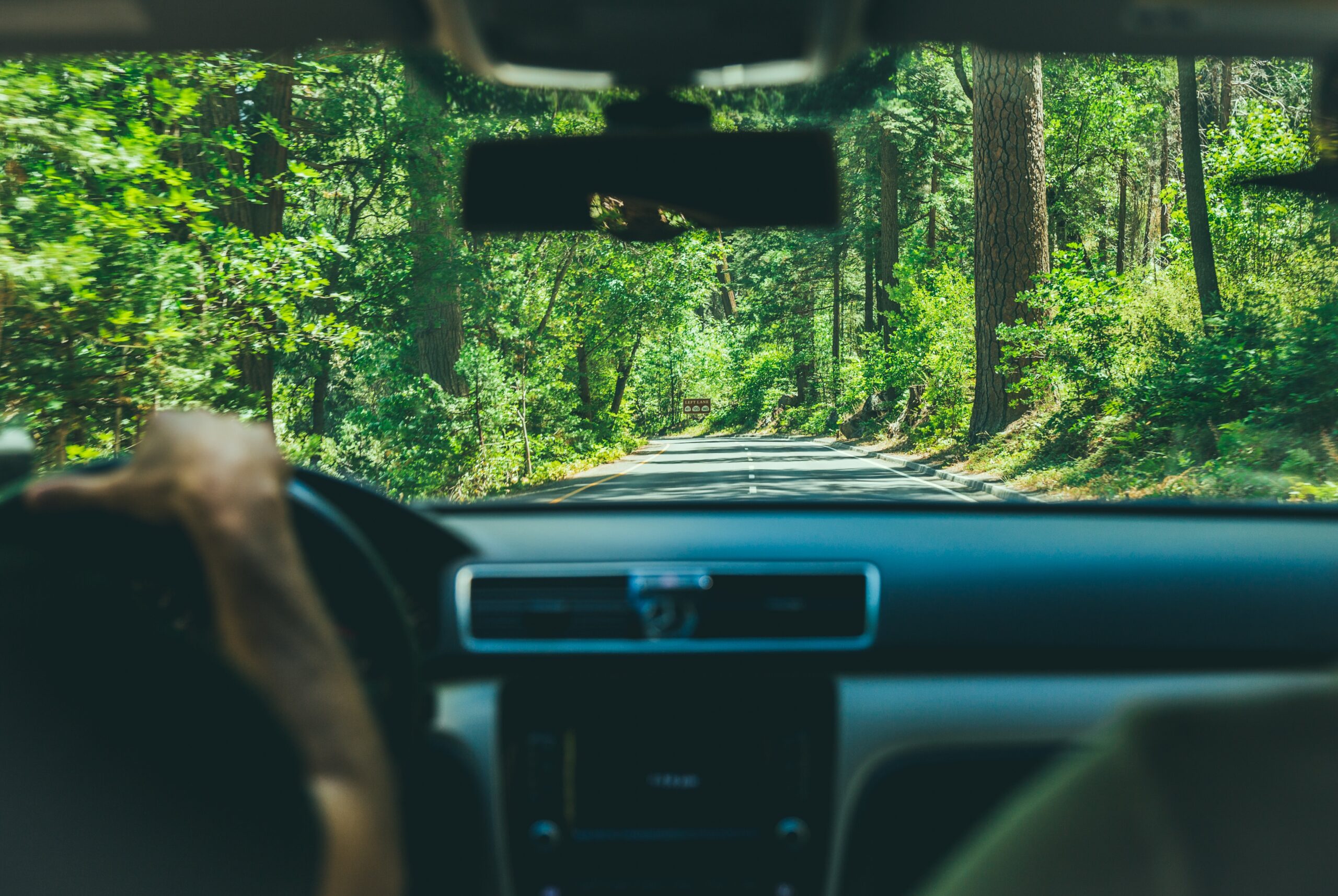
Find Your Park
National Parks, National Monuments, BLM, Forest Service, NOS, US Fish and Wildlife Service, USACE, US DoT and State Parks

It's all about the geologic features for our National Parks.

Outdoor Gear
Search our Outdoor Gear Store for anything from camping tents, fleece apparel, hiking boots, backpacking packs, water filtration and more.

Nature and Wildlife
Are you interested in viewing wildlife during your next outdoors adventure?

US National Parks
From the east coast to the west coast, north or south, the United States has an abundance of spectacular National Parks to visit.
US National Parks Travel Guide

Explore Your Parks
Ready to explore the National Parks of the United States? The U.S. is fortunate to have an abundance of beautiful parks to explore. Putting it all together, there are over 390 sites that the US National Park Service maintains from National Parks, National Monuments, Seashores, Battlefields and more. To top that off, there are hundreds of sites by the Forest Service, Bureau of Land Management and so much more! Whether you are on the west coast, the east coast, in the rockies or located in the midwest, there are more than enough opportunities to get outdoors and enjoy one of these magnificent parks. Discovering a park is easy. You can explore a park through our Find Your Park pages, by alphabet and find them on the map above. Parks offer everything from wonderful hiking trails, photography and wildlife viewing opportunities, to stargazing or even boating and climbing. There is so much to do at any one of these parks and it's a fantastic way to spend time with the family. Great for all ages, educational and most of all, the serenity of parks makes for a very relaxing and rewarding experience.
Park Locator , Alphabet
Featured outdoor gear.

The Mighty 5 of Utah
Utah is world famous for being host to some of the United State's most spectacular scenery. Some of the most stunning US National Parks are home to the beautiful state of Utah.

Maine Puffins
Maine ocean islands provide the only nesting sites for Atlantic puffins in the United States. Eastern Egg Rock in the midcoast region, Seal Island and Matinicus Rock...

Delicate Arch of Arches National Park
Delicate Arch is one of the most spectacular sights that Arches National Park has to offer. Depending on how much time you have during your visit in Arches...
Featured US National Parks

US National Park Road Trips
Read to explore.
Looking to plan a scenic trip in the US? Our pre-planned road trip suggestions take you through some of America's most stunning national parks. Our road trips are designed to help you put together your own route. Load up the car and start exploring by taking a vacation to one of these amazing destinations! See parks like Arches and Canyonlands National Parks, Grand Canyon National Park, Great Smoky Mountains National Park, Shenandoah National Park, Blue Ridge Parkway, Assateague Island National Seashore, Redwood National and State Parks, Lassen Volcanic National Park, Lava Beds National Monument and more!
The Grand Circle , East Coast & Smokies , Northern California Road Trip , Yellowstone & Arches
See the Road Trips

Exploring the US National Parks can be done a multitude of ways. Whether it be by half day hikes to multi-day backpacking trips or by rafting, floating or paddling down a river, climbing some of the most extreme challenges on earth like Half Dome or El Capitan, by experiencing some of the best wildlife viewing experiences in the world... there's something for everyone.

Wildlife Viewing
One of the most popular activities in the US National Parks is Wildlife Viewing.

Backpacking
There is no better way to get to know a park than by heading out into the backcountry and going backpacking.

For the more adventurous park visitors, climbing is a very popular activity in many parks.

National Parks, Monuments, BLM Sites, Forest Service, your local State Parks as well as other federal and local public lands are excellent places to go hiking.

Wildflower Viewing
Wildflower blooms are one of the most popular reasons travelers from all around the world come to visit the US National Parks.

Snowshoeing
Snowshoeing is an excellent way to explore the US National Parks during winter.

Photography
You can't ask for better scenery or subjects of that of US National Parks, Monuments, local State Parks and other Federal Parks

Kayaking, Canoeing and Rafting
Whitewater rafting is a popular way to experience the US National Parks' remote canyons.
Popular Topics
Popular road trips, locate a park, popular national parks.

- Work With Me
Home » Blog » How To Plan the Perfect National Parks Trip
How To Plan the Perfect National Parks Trip
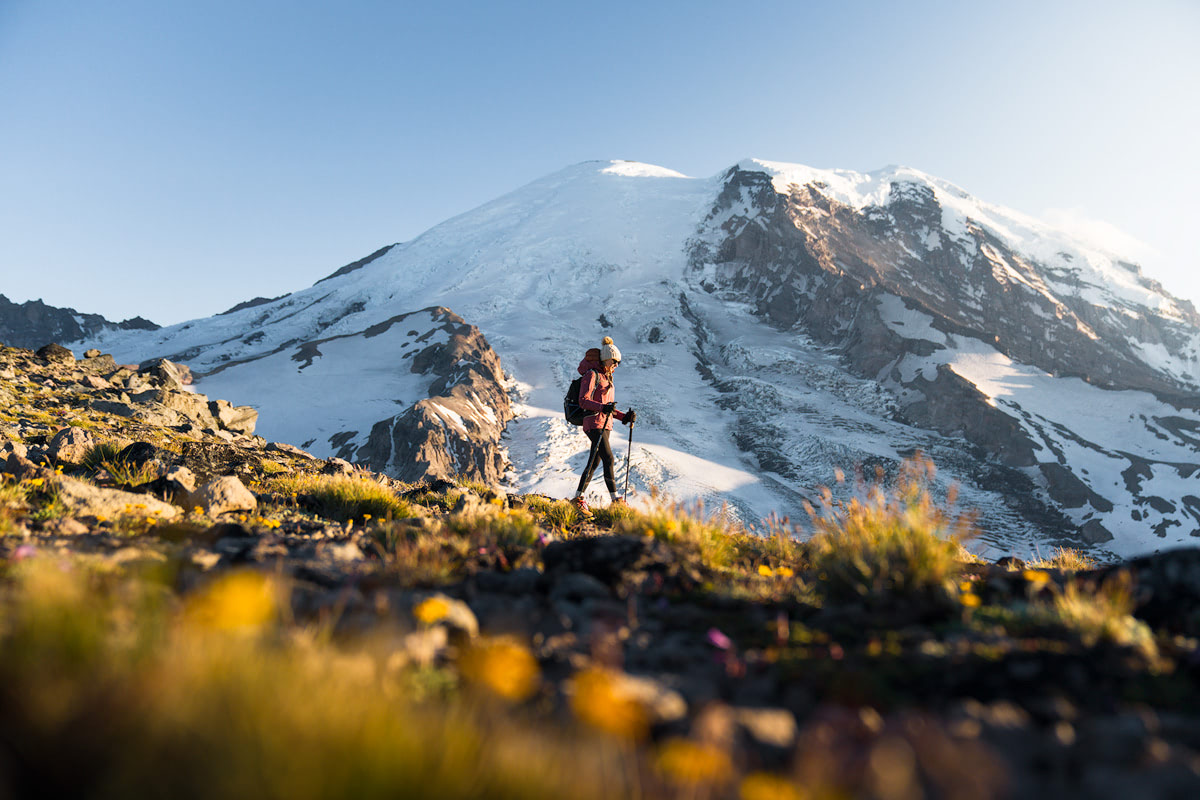
The USA is home to so many incredible national parks and countless opportunities for adventure! Not only are the national parks a great way to connect with nature, but they are also a relatively affordable option for planning vacations and day trips. My husband, Matt, and I love the national parks so much that we took a road trip to visit all of them ! So I guess you could say we know a thing or two about planning a national parks trip 😉
In this blog post, I am sharing everything you need to know to plan the perfect national parks trip ! Keep reading to find out how to choose a national park, draft your itinerary, where to stay, how to plan hikes, what to pack, and so much more!
This blog post is in partnership with Backcountry.com , my go-to online retailer when gearing up for national park adventures. They offer easy returns, 24/7 advice from their amazing Gearheads, and they support incredible causes like The Nature Conservancy. Backcountry has kindly offered my readers 15% off first-time online orders using code RENEE15 ! ( some exclusions apply)
I gained a lot of knowledge about visiting national parks during my 2017 road trip. My husband and I planned the entire 7-month road trip itinerary ourselves, including the driving route, accommodation, day hikes, backpacking trips, sightseeing, etc. There were so many logistics to consider but overall I think we did a pretty good job! Click here to see the route we took to visit every national park .
In this blog post, I have done my best to keep things as simple as possible to ensure that you have an incredible national parks trip! Please remember to be respectful of nature and other people when visiting national parks, and be sure to follow all travel and safety recommendations. I have also included some covid-specific guidelines, which I suggest you read and consider alongside local regulations for the park(s) you’re visiting.
How To Choose A National Park
There are currently 63 national parks in the USA and they all have something special to offer. In my opinion, these are the top questions you need to ask yourself when choosing which national park(s) to visit:
- Are you wanting to drive from home or fly + rent a car locally? Some national parks can be visited with public transport but it’s not an option for all the parks.
- Are you looking to avoid large crowds?
- What is the most important factor for you: scenery, wildlife, hiking, or history?
- Are you traveling on a budget or happy to splurge?
- What time of year/type of weather are you planning for?
Ok, let’s address each of these topics and help you find an amazing national park to visit!
Read next: 15 Most Underrated National Parks in America
Choosing A National Park: Local vs Far Away
This one is fairly self-explanatory. If you want to travel to a local national park then I would recommend Googling “national parks in [insert your state]” and choosing one of those! Staying local will save you money on airfares and car rental and could also result in more bang for your buck when it comes to taking vacation days.
Choosing A National Park: Popular vs Less Crowded
I know a lot of people are turned off by large crowds and I agree that it can take away from the enjoyment of a park visit. This is a list of the most visited national parks and I would suggest you avoid visiting them if you absolutely do not want a crowded experience. In saying that, these parks can be accessed during less busy times, e.g. shoulder or off-season. If you’re looking for a more peaceful national parks visit then I would suggest considering these parks that we found were the least crowded .
Read next: Exactly How To Avoid Crowds in National Parks
Choosing A National Park: Types Of Scenery
Not everyone wants to see the same things in our national parks. I find that the most popular requests for national park visits are to experience the scenery, see the wildlife, go hiking, and/or to take in the park’s history. I personally love a good mix of all of those! Here are some of my top recommendations for each:
- All-rounders : Grand Teton , Yosemite , Great Smoky Mountains , Rocky Mountain, Glacier
- Scenery : Zion , Grand Canyon, Mount Rainier , Death Valley , Badlands, Lake Clark , Olympic
- Wildlife : Yellowstone , Katmai , Everglades, Denali, Biscayne (underwater)
- Hiking : North Cascades, Gates of the Arctic , Shenandoah, Kings Canyon
- Natural history : Petrified Forest, Carlsbad Caverns, Crater Lake, Lassen Volcanic
- Human history : Mesa Verde, Hot Springs, Gateway Arch, Cuyahoga Valley
Read next: America’s National Parks Ranked Best To Worst
Choosing A National Park: Budget vs Luxury Travel
In my experience the most expensive parks to travel to are those in Alaska, Virgin Islands, and American Samoa. The main reason they are so expensive is due to the increased plane travel and limited options for lodging. Pretty much every other national park can be visited on a budget if you camp, bring your own food, and take self-guided activities.
Choosing A National Park: Time Of Year and Weather
Weather and conditions vary greatly between all the US national parks. Here are my top selects for each time of year and type of weather:
- Tropical : Haleakala, Hawaii Volcanoes, Dry Tortugas, Virgin Islands, American Samoa
- Spring : Yosemite , Grand Canyon, Yellowstone , Arches, Capitol Reef, Joshua Tree. Read my guide on the 9 best national parks to visit in spring .
- Summer : Mount Rainier , North Cascades, Glacier, all the Alaskan parks
- Autumn : Great Smoky Mountains , Acadia, Zion , Shenandoah, Grand Teton . Read my guide on the 12 best national parks to visit in fall .
- Winter : Death Valley , Big Bend, Bryce Canyon, Redwood, Everglades. Read my guide on the 12 best national parks to visit in winter .
FYI – I put together a checklist of all the national parks , so you can mark each off as you visit them! It’s free to download via my travel resource library ! Click the image below.
When To Start Planning A National Parks Trip
It can be tricky to know when to start planning a national parks trip. Planning further out allows for in-depth research and ample time to request vacation days, book campsites, etc. But it can also mean less flexibility when it comes to weather and park conditions.
My advice is to plan as far out as possible for visits to the most popular parks , especially if you plan to stay in a national park campground. Parks like Yosemite , Zion , Grand Canyon, Great Smoky Mountains, Glacier, Yellowstone , Denali, Rocky Mountain, and Acadia often book out months in advance when it comes to camping and nearby accommodation.
If you plan to stay outside of the national park or are opting for a first-come-first-served camping spot, then you are probably best to keep an eye on the weather and plan your trip more last minute .
Research Your Chosen National Park(s)
Look up accommodation availability, whether or not you need to reserve shuttles/transportation or permits ahead of time, weather conditions per month, and what the busy vs quiet times to visit are. That way you can make an informed decision on whether you need to plan months ahead of time or if you can leave it to the last minute.
Read next: Ultimate Guide To Visiting Zion National Park
Planning Your National Parks Itinerary
For your national parks trip itinerary , I recommend that you put together a Google Sheet or Excel document to help with planning. Some useful columns to include are the date, day of the week, starting location, ending location, accommodation, and activities. You can be as specific as you want! See an example below:
There are a few ways you can find the best things to do, top places to stay, and where to eat in each national park. I suggest referring to the National Park Service website , FindYourPark.com , Pinterest, Instagram, and blog posts. Click here to explore all my national park guides! You can also call ahead to a Visitor Center or ranger station and inquire about current conditions.
Read next: Ultimate Guide To Visiting Mount Rainier National Park
Make A National Parks Trip Map
I find it really helpful to put together a trip map via Google Maps . They have a feature called My Maps that allows you to create your own maps like the Oregon road trip example you can see below. I like to create headings for each day and then pin things like destinations, activities, places to eat, etc. You can even get fancy change the colors and icon types!
You can find My Maps by going to www.google.com/mymaps . From there you need to log into your Google account before you start making personalized maps.
Want to see the route we took to visit all the national parks? Click here for a large version of the map , or check out my in-depth guide on the itinerary .
Getting To The National Parks
The next step in planning a national parks visit is knowing how you will arrive at your chosen park(s).
This will depend on a few factors:
If you are on a strict budget then usually the best option is visiting national parks closer to your home and driving there in your own car. This will save you the cost of flying and renting a car, plus you will be able to pack the gear need for more budget accommodations like camping.
- How far is the park from your home?
- Is the park close to an airport?
- Does that airport have flights from your local airport?
- Are you traveling on a strict budget?
- Do you prefer to drive your own car?
- Will there be off-roading required? (4×4 only)
- Will you be camping or staying in hotels?
- How many people are you traveling with?
In saying that, some national parks are literally in the middle of nowhere and could also be across the other side of the country! Consider using Google Flights , Skyscanner , and Scott’s Cheap Flights to look out for low-cost flights within your preferred travel dates.
If you plan to fly into an airport close to a national park and rent a car, keep in mind that some rental car companies don’t allow you to drive on dirt roads. Be sure to research your destination and rental car adequately to avoid any surprises when you get there.
Read next: Ultimate Yellowstone National Park Guide and Itinerary
Where To Stay During Your National Parks Trip
Next to consider when visiting national parks is where you will stay. Accommodation options vary for each national park, but in general you can find a mix of options both inside and outside the park . Here is some helpful information to help you choose where to stay:
Where To Stay: Hotels and Lodges
Many national parks have beautiful historic lodges , which are 100% worth the stay if you have the money. Some of my favorites have been Yellowstone’s Old Faithful Inn and Mount Rainier’s Paradise Inn . You’ll usually find some more affordable hotel options just outside the entrances to national parks, though that does mean more time spent driving.
Where To Stay: Vacation Rentals
Some national parks have some really amazing vacation rentals close by. Some examples are Joshua Tree (so many amazing Airbnb’s to choose from), Yosemite , Rocky Mountain, and Great Smoky Mountains.
Where To Stay: Glamping
There are a handful of national parks that have close-by glamping options. I have personally stayed at Under Canvas Moab (close to Arches and Canyonlands) and I have heard their other locations are just as amazing ( Yellowstone , Zion , Grand Canyon , Glacier , Great Smoky Mountains ).
Where To Stay: Car Camping
Nearly every national park has at least one designated campground . These can vary in terms of their facilities, but in general, they have toilets and running water. Some park campgrounds have RV hook-up, picnic tables, general stores, and firewood for sale. Bookings can be made via recreation.gov , though some are first-come-first-served. There are also often privately owned campgrounds just outside the national park entrances.
Tip – if you want to travel on a budget then definitely read my in-depth guide on how to sleep in your car on road trips .
Where To Stay: Free Public Lands
There are public lands all over the US that allow for free dispersed camping, and many of these spots are close to national parks. These free camping locations are often on Bureau of Land Management (BLM) and United States Forest Service (USFS) land. I have an entire guide on how to find free campsites in the US and I highly recommend checking it out if you’re traveling on a budget.
Where To Stay: Backcountry Camping
Lastly, there is the option to backcountry camp within most national parks. You usually need a backcountry camping permit to do this, so be sure to research the regulations before heading out. Check out my beginners guide to backcountry camping if you need some pointers!
Read next: Eco Friendly Hygiene Tips For Hikers and Campers
Visiting National Parks During The COVID-19 Pandemic
There are a few extra considerations when planning national park trips during the COVID-19 pandemic. Most importantly, follow all guidelines from the federal and state governments and research local and park recommendations before traveling. These are my top tips for visiting national parks during the pandemic:
Research even more than you usually would.
This is not the time to take spur-of-the-moment road trips without thoughtful consideration. Every park clearly states its current closures and health warnings on nps.gov .
Be prepared for closures .
Many parks have some facilities closed or limited. These can be visitor centers, campgrounds, picnic areas, restaurants, general stores, and even restrooms. This means you will need to come prepared with your own food, water, itinerary, and emergency supplies.
Wear a mask for your safety and to protect others.
The NPS website states: “ Visitors are required to wear face masks in federal buildings including visitor centers, historic structures, and museums. When outdoors, face masks are required on NPS-administered lands when physical distance cannot be maintained “. Make sure to pull your mask up when passing by other hikers on the trail, it’s an easy thing to do and shows respect for others. Click here for guidance on how to wear a mask correctly .
Pack hygiene essentials
Like hand sanitizer, extra masks, disinfectant wipes, paper towels, water, and soap.
Stay home if you are sick .
Choose another time to visit a park if you’re experiencing COVID-like symptoms such as a dry cough, fever, difficulty breathing, and/or loss of taste or smell. Stay home if you have had close contact with someone with suspected or confirmed COVID-19 in the last 14 days. Lastly, do not visit a national park if you are self-isolating or self-quarantining because you may have been exposed to a person with COVID-19 or are worried that you may be sick with COVID-19.
The National Park Service has a resource on how to recreate responsibly during the COVID-19 pandemic . GIve it a read and forward it to anyone else you may be recreating with.
How To Make National Park Reservations
Some national park lodging, activities and hikes do require reservations ahead of time . Each park varies so be sure to spend time adequately researching your destination. In saying that, here are some general rules:
- Campgrounds usually have some sites that can be reserved ahead of time via Recreation.gov , and some that are first-come-first-served.
- Some very popular hikes such as Half Dome (Yosemite), Wonderland Trail (Mount Rainier), Mount Whitney (Sequoia), and the Rim-to-Rim Trail (Grand Canyon) require entrance into a lottery system to win a permit. Though some of these hikes still offer limited amounts of day-of walk-up permits.
- Most national parks require a backcountry permit for wilderness camping. These can usually be obtained in person at a park’s Backcountry Rangers Station or Visitor Center.
- Parks such as Denali have a lottery system to access Denali Park Road with a private vehicle during four days every September.
Read next: How To Get Over Your Fears Of First Time Backcountry Camping
Buy A National Parks Annual Pass
I cannot stress this enough… if you plan to visit multiple national parks in one calendar year – buy an annual parks pass ! The America The Beautiful Pass is a one-time fee of $80 and it allows for unlimited entry into Federally operated recreation sites across the United States. The pass covered both the owner and up to three accompanying adults aged 16 years and older. Children 15 and under are free.
Not only will it save you money in the long run to buy an annual pass, but 100% of the proceeds will go back to improving the national park system’s facilities and services. Keep in mind that there are also other types of park passes , including Senior Passes , Annual 4th Grade Pass , Access Pass , and a Volunteer Pass .
Where You Can Use An Annual Parks Pass
There are over 2,000 recreation areas that are covered on this annual parks pass, not just the 62 National Parks! These are the sites that accept America the Beautiful Passes:
- Bureau of Land Management
- Bureau of Reclamation
- Fish and Wildlife Service
- USDA Forest Service
- National Park Service
- US Army Corps of Engineers
Where To Buy An Annual Parks Pass
- Passes may be obtained at hundreds of locations throughout the country, including many Federal recreation sites where they are accepted. See Site Locations that issue the Annual Pass.
- Annual Passes may also be obtained through USGS (888-275-8747, option 2), or http://store.usgs.gov/pass (note that passes ordered from USGS ship within 3-5 business days).
Read next: 12 Best National Parks To Visit In Fall
Make The Most Of Your National Parks Visit
In my experience, there are a few things you can do to make the absolute most out of your national parks visit. Some of these you can factor in when planning a national parks trip and some are more relevant when you arrive in the park.
Drop in to one of the park’s visitor centers and have a look around. Most visitor centers have educational information on the park, often a short film, and a chance to chat with a park ranger. I really enjoy taking the time to learn about the park through these free resources.
Chat with a ranger during your visit.
Ask if there is anything you should know about current park conditions or events. Maybe they will even be happy to share some of their favorite spots in the park. Always be polite and respectful of their time.
Another way to make the most out of your national park trip is to visit nearby areas outside of the park boundaries. Some of the most beautiful places in the country are just outside the national parks in designated wilderness areas, national forests, state parks, etc. Take the time to research what is nearby to the places you are visiting… you may be pleasantly surprised!
Read next: Ultimate Beginners Guide To Hiking
How To Plan National Park Hikes
Every US national park has at least one hiking trail or scenic walk. These are often the most beautiful parts of the park and should definitely be explored if it is within your capabilities.
Top tips for planning national park hikes:
- Look at the national park map and other information you are provided on entrance to the park. These brochures often have recommendations for hiking in the different park sections.
- Drop into the visitor center and ask about trail conditions and what is/isn’t accessible at that time of year. You can also double-check whether or not you need a permit to take a particular hike.
- If you’re planning hikes before arriving at the park then you can refer to the NPS website and All Trails (website or app) for current conditions.
- Be sure to read up on that particular park’s local hiking guidelines. Do you need to be bear aware? If you aren’t sure then ask a ranger.
- Research any gear you may need for hiking in your chosen terrain/conditions. My beginner’s guide to hiking covers the basics and I also have a women-specific guide on what to wear hiking . Curious about what shoes to wear? Check out my guide to the best hiking shoes for women and men .
Read next: What To Wear Hiking As A Woman
National Park Hiking Trail Etiquette
When visiting national parks it’s important to demonstrate appropriate hiking etiquette .
Hiking etiquette guidelines you should know and follow:
- Unless signed otherwise, give way to hikers coming uphill and always yield to horses and other pack stock.
- Say a friendly “hello” to other hikers so that they know you are approaching (and to create a welcoming atmosphere on the trail).
- Don’t speak loudly on the phone, repeatedly shout to your friends, or play music out loud on the trail (no speakers please!) Be respectful of other hikers and wildlife by keeping noise to a minimum. Many wildlife species rely on natural sounds for communication purposes, and disrupting those sounds can hurt their chances of survival.
- Stay on the trail unless it’s absolutely necessary when yielding. Going off-trail can damage plant or animal species and hurt the trail’s ecosystems.
- Always practice Leave No Trace principles (more on that below): leave rocks, vegetation, and artifacts where you find them for others to enjoy.
- Give wildlife space by keeping an appropriate distance and not abruptly startling them. NEVER feed wild animals.
Some national parks have specific etiquette related to their environment, so be sure to read signs and follow local recommendations.
Read next: How To Follow Leave No Trace Principles
What To Pack For A National Parks Trip
Another important aspect to planning a national parks trip is knowing what to pack. In my experience it is best to go as prepared as possible when visiting the national parks. Some parks do have general stores but prices are usually very expensive and you often won’t be able to find specialty items.
I will break down my packing recommendation per category: essentials, hiking, car camping, backcountry camping.
Don’t forget that you can use code RENEE15 to get 15% off your first Backcountry.com order! ( some exclusions apply)
National Park Packing Essentials
The below items are general things I believe most visitors require no matter what national park they are visiting. Use it as a guide and make adjustments based on where and when you are traveling.
- Water + reusable bottle
- Food (including snacks)
- Identification
- Travel documents
- Cash + debit/credit cards
- Annual national parks pass
- Cooler for food storage
- Picnic tablecloth
- Reusable cutlery/utensils
- Reusable plates/cups
- Day bag / fanny pack
- Comfortable shoes
- Insulated jacket
- Rain jacket
- Camera + batteries
- Phone + phone charger
- Mosquito repellent
- First aid kit
YETI Roadie 24 Cooler
Adventure Medical Sportsman Series Medical Kit
YETI Rambler 26oz Chug Water Bottle
Patagonia P6 Trucker Hat
Osprey Tempest 24L Backpack
Patagonia Down Sweater Jacket
Primus Campfire Cutlery Set
Goal Zero Sherpa 15 Recharger
Marmot PreCip Eco Jacket
Hiking Packing List
It seems that the majority of national park visitors are interested in hiking . The below items are a good starting point for what to wear and pack. I would recommend you check out these guides I created for more in-depth information: Beginners Hiking Tips , What To Wear Hiking , Best Hiking Shoes for Women and Men . I also have a Guide to Winter Hiking if you are visiting the parks during colder seasons.
The National Park Service has this handy guide to packing the 10 essentials for safe hiking in the national parks.
- Hiking shoes
- Merino wool socks
- Hiking pants or shorts
- Quick-dry hiking top
- Hiking backpack
- Trekking poles
- Navigation (map, compass )
- Drink bottle
- First aid items
Columbia Newton Ridge Hiking Boot
Smartwool PhD Outdoor Light Crew Sock
Icebreaker Tech Lite SS Low Crewe Shirt
Patagonia Quandary 5in Short
Columbia Saturday Trail Pant
Petzl Actik Headlamp
Smartwool Sun Hat
Black Diamond Trail Trekking Poles
Brunton TruArc 5 Compass
Read next: Ultimate Beginners Guide to Hiking
Car Camping Packing List
If you plan to car camp within the national park or nearby then the below items are some things to consider. What I mean by “car camp” is a drive-up camping spot (usually in a campground) where you either sleep in your vehicle or set up a tent. I also have an in-depth car camping essentials packing list if you want to check that out, and an article all about how to find free campsites .
- Light sourc e
- Drink bottle + water storage
- Tent, if sleeping outside
- Sleeping pad
- Sleeping bag
- Camp pillow
- Camp stove + propane
- Firewood + fire starter
- Camp plates, bowls, cups, mugs
- Camp cutlery / utensils
- Coffee making kit
- Cooler + food storage containers
- Biodegradable soap
- Small camp towel
- Camp chairs
- Charging device
- Body/face towel
Helinox Sunset Camp Chair
ALPS Mountaineering Spirit Table
YETI Tundra 35 Cooler
Black Diamond Moji Lantern
GSI Outdoors Selkirk 460 Camp Stove
Stanley Adventure Camp Pro Cook Set
GSI Outdoors Water Cube
Big Agnes Camp Robber Down Bedroll
Backcountry x NEMO Kiko Pillow
Read next: Car Camping Essentials Packing List
Backpacking Packing List
New to backcountry camping? I would highly recommend you check out the following guides:
- Beginners Guide to Backcountry Camping
- How To Get Over Your Fears of First Time Backcountry Camping
- How To Get a Good Nights Sleep in the Backcountry
- Eco-Friendly Outdoor Hygiene Tips for Hikers and Campers
You will find everything listed below in a printable checklist in my free resource library .
Be sure to keep in mind that every backpacking trip will be different, so use this as a guide and make adjustments according to your climate, length of trip, etc.
- Backpack + rain cover
- Tent / shelter
- Merino wool socks (+ spare pair)
- Hiking pants
- Quick-dry top
- Sun hat / bandana / buff
- Baselayer bottoms
- Baselayer top
- Mid layer top (fleece)
- Insulated jacket (puffy)
- Rain jacket / pants
- Camp sandals
- Bear spray + canister
- Head lamp + batteries
- Meals + snacks
- Water + bottle / bladder
- Water filter
- Gas backcountry stove
- Gas canister
- Lighter / matches
- Food storage bags
- Spork + mug
- Map + compass / GPS device
- Knife / multi tool
- Trail permit
- Tooth brush + paste
- Body / face wipes
- Sunscreen + lip balm
- Bug spray + head net
- Trowel + toilet paper
- Mini pack towel
Big Agnes Tiger Wall UL2 Tent
Big Agnes Torchlight UL 30F Sleeping Bag
Exped Air Pillow
Exped SynMat UL
Osprey Packs Kyte 46L Backpack
Jetboil MiniMo Stove
SteriPEN Classic 3 Water Purifier
Snow Peak Titanium Double Wall Cup
SPOT X with Bluetooth
Read next: Beginners Guide to Backcountry Camping
Tips For Avoiding National Park Crowds
The US national parks can definitely get crowded, especially during summer and public holidays. These are my top tips for avoiding crowds and having a more peaceful national parks visit:
- Choose less visited national parks, or ones you hear are the least crowded . In my experience least visited does not always equate to the least crowded. Some national parks are very small and even with fewer visitors, they can feel crowded. Check out my blog post on the 15 Least Crowded US National Parks , from experience traveling to all of them.
- Consider planning your trip during the off-season (this varies for every park). Generally, spring break and summer break are the peak seasons for most national parks.
- Avoid weekends and public holidays.
- Go early in the day. Sunrise is often the best time to have a beautiful viewpoint or hike to yourself!
- Take a hike away from the crowded overlooks. Ask a ranger what a less-trafficked trail is and seek out some more peaceful views.
Read next: Exactly How To Avoid Crowds In National Parks
Can You Take Pets To National Parks?
This is a common question to ask when planning a national parks trip. Each national park has its own rules when it comes to pets . You can check on NPS.gov (select your park > plan your visit > basic information > pets) or call ahead and ask a ranger. In my experience, most national parks do not allow pets on trails but do often allow them in rest areas . Remember to always follow park regulations, keep your pet leashed, and clean up after them. And please do not leave animals in cars on hot days!
Always Follow Leave No Trace Principles
It’s important that you follow Leave No Trace principles when visiting national parks, and anytime you are out in nature. Please be sure to educate yourself before heading out. Find out more information via the Leave No Trace Center for Outdoor Ethics , the National Park Service , or by reading my in-depth blog post on How To Leave No Trace .
PIN To Read Later
Disclaimer: Thank you to Backcountry for collaborating on this blog post about on how to plan a national parks trip. The offer of 15% off does not apply on top of any other offer or discount, and it’s one use per customer. As always, all opinions are my own. This post does contain some affiliate links, which means if you buy something my blog will receive a small commission at no extra cost to you.
Related Guides
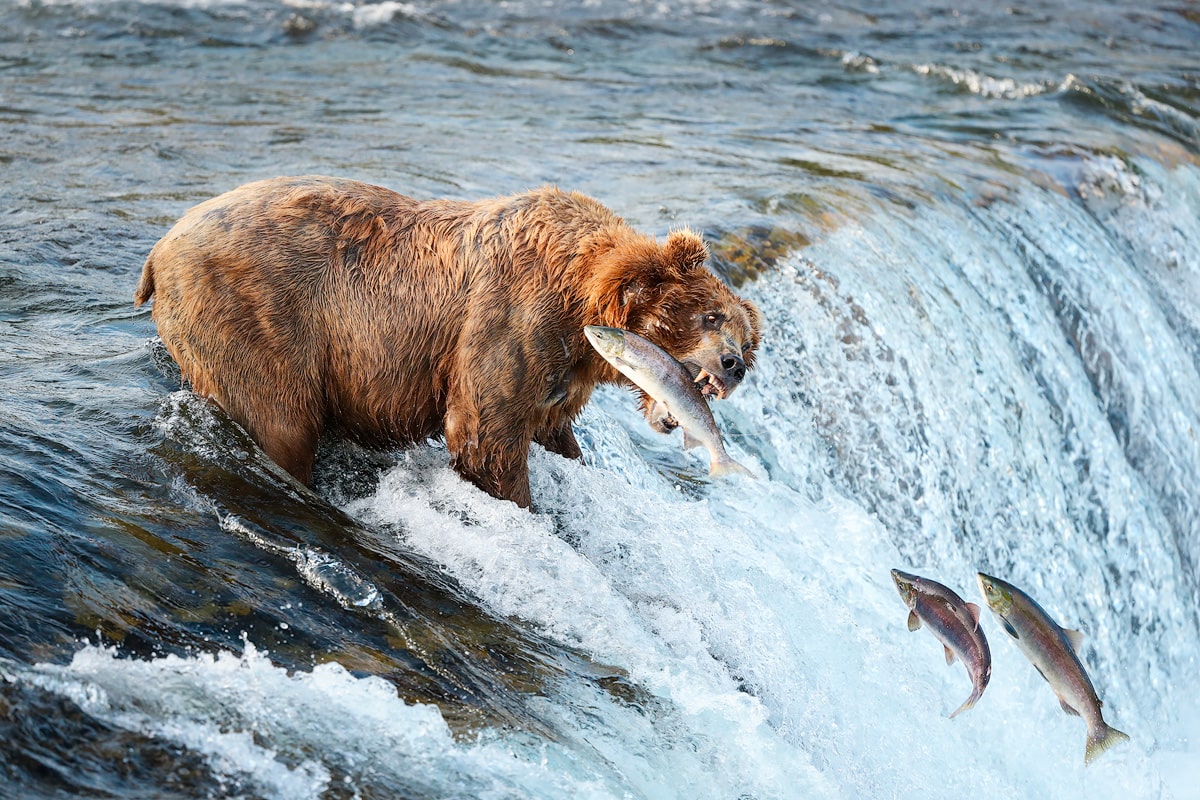
How To Visit Katmai National Park – A Comprehensive Park Guide
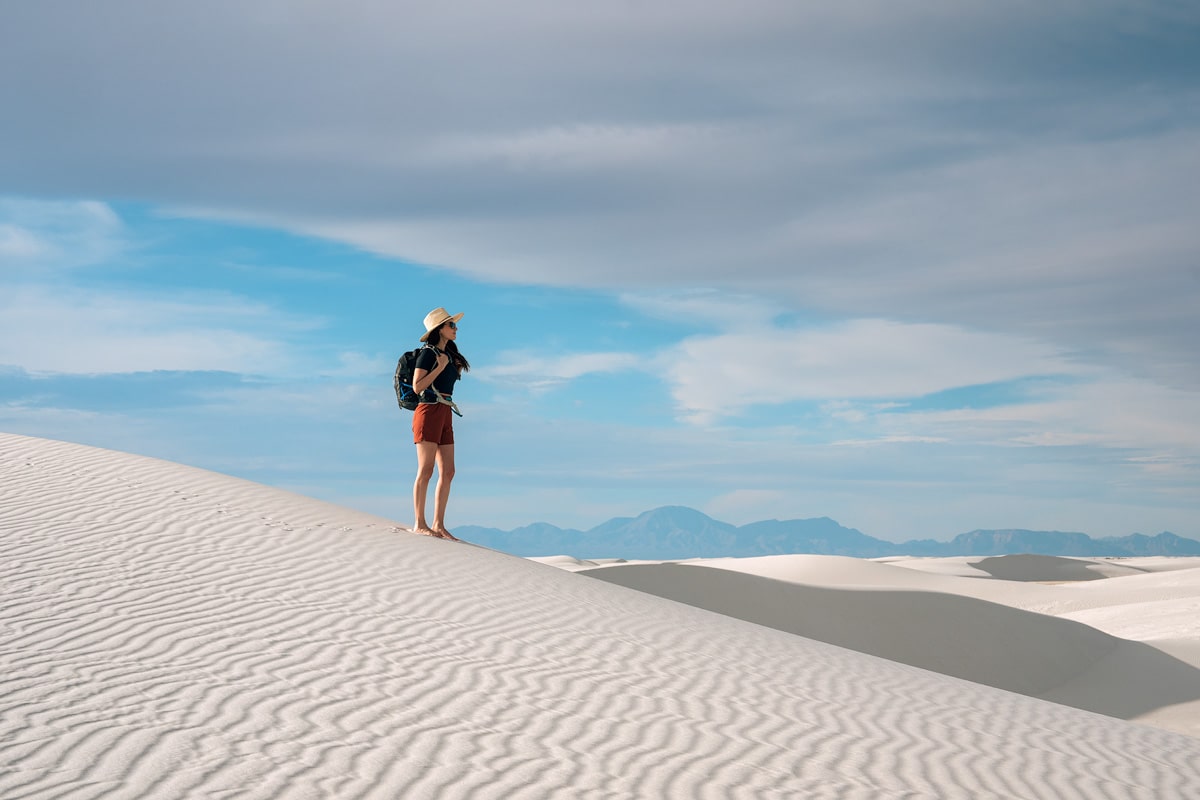
Best Things To Do In White Sands National Park: Epic 1 Day Itinerary
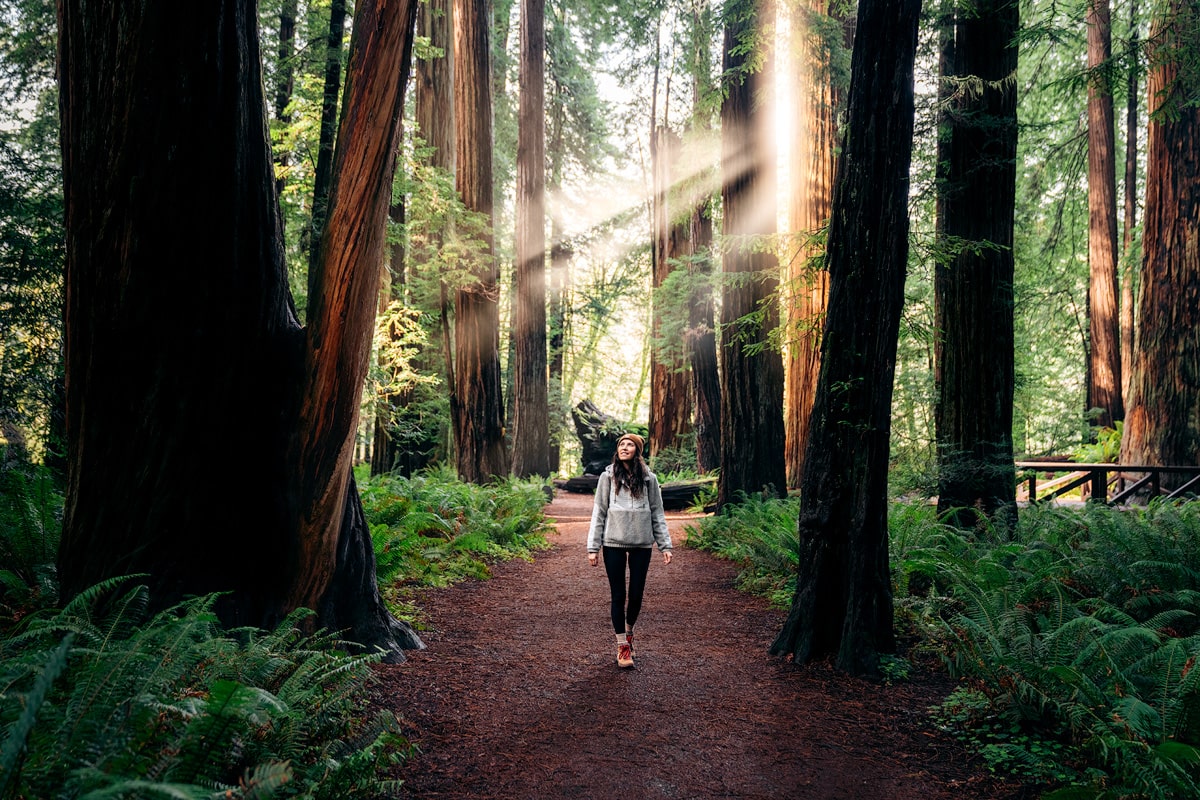
6 Absolute Best Hikes in Redwood National Park
Join our mailing list for exclusive resources, events, and more.
Thank you for subscribing!
Hello! I taking a sabbatical this year in September and I am planning on doing a national parks tour! I have been feeling so scared/unsure/nervous/unprepared until I found your blog! It is still several months away but I will be voraciously reading your blogs and gaining confidence to take the plunge! Thank you for this! It is exactly what I needed to read!
Thank you for giving some options of where you can stay when you visit national parks. I’ve been debating between camping or staying in a hotel. It seems like we should be able to find lots of different options where we plan to go.
Very hard written article, Thanks for sharing with us, keep writing this type of the article.
Hi! We are planning a long roadtrip to visit lots of US National Parks (except for Alaska & Hawaii). What do you think of 5 months to visit those parks ? (we can’t stay more than 6 months because of visa). Thank you for your very interesting blog !
I went to Colchuck Lake Saturday and it was gorgeous. Thanks to you and your videos. I’m planning to go to Glacier National Park next week. Any tips? Thanks in advance.
Nice! I am glad you got to enjoy Colchuck Lake. I wrote a mini guide on Glacier NP a few years go, here it is: https://www.drinkevolve.com/park/glacier-national-park/ . I will be creating an updated version on my blog soon-ish!
Well with all that great info I’m ready to go visit a NP. Thanks Renee.
Glad you liked it 🙂
Leave a Reply Cancel reply
Your email address will not be published. Required fields are marked *
This site uses Akismet to reduce spam. Learn how your comment data is processed .
Follow Along on Instagram
- North America
- South America
- National Parks
- Work with Me
How to Plan Your US National Parks Road Trip | USA

A US National Parks trip is kind of a right of passage for anyone who loves the outdoors. Sleeping in barren deserts. Going off-trail to explore strange rock formations weathered over millions of years. Wading through knee-deep water in narrow canyons. Bagging peaks during the short summer when the highest altitudes are within reach. The trip is about varied terrains and diverse landscapes. Visit both Yosemite and Big Bend, and you’ll doubt that you’re in the same country. And the stuff in Utah? Well, that might as well be in another world.
But unlike the good ol’ days of the American road trip, the US National Parks are no longer well suited to an off-the-cuff style of travel. There’s a lot of competition for campsites and backcountry permits. Planning a US National Parks trip takes time and effort, and A LOT of time and effort, at that. But you’ll get every bit of energy you pour into planning back when you’re out there, experiencing some of nature’s greatest works.
Ready to go on an adventure? Here’s a massive guide to planning a US National Parks trip including everything from route planning to suggested itineraries to making reservations to costs.
Choose Your Route
1. pick your parks.
The US is a BIG COUNTRY. There are vast distances between the coasts and you can even expect long drives between parks in the same state. So where do you start planning a US National Parks road trip itinerary? Start by making a list of parks you want to see. Grab a guidebook or check out some of our featured Outlandish National Park Guides.

Focus on one park at a time and look at photos, watch videos, or check out things to do. Narrowing down your list of parks can be easy if you already know where you want to go, and very daunting if you don’t. If you fall into the second camp, ask yourself: how long do you have? What states are interesting to you? What season are you traveling in? What’s your overall budget for the trip?
Suggested US National Parks Road Trip Itinerary
Ultimate centennial parks road trip.
There are 61 National Parks in the US, which is A LOT of ground to cover; around 14,498 miles if you go the most efficient way. In 2016, data scientist Randy Olson created an interactive map that optimized driving times to create the ultimate US National Parks road trip itinerary. It excludes parks in Alaska, Hawaii, and other territories) but still manages to cover 47 US National Parks.
- Route 1: Grand Canyon to Everglades (map)
- Route 2: Everglades to Badlands (map)
- Route 3: Badlands to Zion (map)
- Route 4: Zion to Lassen (map)
- Route 5: Lassen to the Grand Canyon (map)
While that is the perfect, see-everything-save-on-gas route, obviously that won’t be the best route for everyone. You might want to spend some time in cities, pop into state parks, or skip some regions. If you’d rather customize your own National Parks road trip, here’s how you can go about it…
Other Suggested Road Trips

2. Make Your Map
Once you have a shortlist, that means you can make a map.
Google My Maps is a complete lifesaver if you’re collaborating on trip planning or undertaking a complicated road trip itinerary. Add all the parks that you’re interested in to your map. This will give you a visual representation of which parks are nearest each other and which are way out of the way. From there, you can narrow your itinerary down further based on how much time you have or your other priorities.
Once you have your locations established, you can map directions between the two parks to determine drive time. In some cases, it can be quicker to alternate states (ie. Arizona and Utah) or more comfortable to add something into your itinerary to break up a long driving day.
Spend some time on this! Figure out how you can take the trip at your own pace while maximizing on everything you want to see.
Tip: Before you go, make sure that all the maps you need are available offline. Service can be spotty at best and you’ll always want to have your driving directions accessible.
3. Plan Your Time
Once you have a good idea of where you’re going, create a planner in Excel or Google Sheets. Begin with the first park you’re going to visit, and think about how much time you’d like to spend there. Consider how big the park is and what there is to do. Look at driving time between Park A and Park B and decide where you’ll sleep on your travel days. Then, do this park-by-park with this until you have a decent overview of your time spent in each park. It is tedious, but it’s a lot easier to do it this way than by trying to take in all the information and build an itinerary after.
Before looking in dates, take a look at all the activities that might require a backcountry permit or that otherwise limits access and establish your priorities. Check availability and book that first so that you don’t schedule your whole trip around something that might be booked up.
Once that’s out of the way, you can get onto your next step.

When to Start Planning
You should start looking into your US National Parks trip no less than 6 months out. Reservations for NPS campsites and lodges almost all open 3-6 months in advance. If you’re planning backcountry travel, the permits are usually reservable 3-6 months out, too. Reservations for the most popular campsites and hikes sell out within seconds of going online (no exaggeration!). So, if you have your heart set on something specific, do your research early and set a calendar reminder so you don’t miss out.
Already late? Some parks have walk-up campsites and permits available for that very reason. There are also plenty of campgrounds and hotels outside of the park boundaries and hikes that don’t require backcountry permits. You should always be able to find a hike and a campsite, even if they’re not the exact ones you had in mind.
Budgeting & Costs
Wondering how much it costs to do a US National Parks trip ? The short answer is that it really depends on what type of trip you want. But since I know this is a cop out for an answer, I’ll give you the long answer, too.
Unfortunately, a US National Park road trip probably costs more than you’d expect. Some costs you’ll want to factor in for your own trip are: park entrance or your America the Beautiful Pass , vehicle costs, gas, food & drink, entertainment, gear, campsites & accommodation, and permits. Even with camping and cooking, the US is notoriously expensive. But don’t let this stop you from going! You can keep costs down by being thoughtful about which regions you visit, altering your standard of travel, and borrowing (rather than buying or renting gear. For example, on our 21-day road trip through Arizona and Utah, we spent around $1,500. This was mostly camping and self-prepared food with a few motel nights and 3-4 meals out each week. We also had the benefit of traveling with our own vehicle and splitting many of our costs in half.
Read More: How Much Does a US National Parks Road Trip Actually Cost?
Most of the US National Parks are at their peak business between May and August. Of course, this is more based around the summer holiday than what is actually the best time to visit.
The best time to visit the desert parks like Zion and the Grand Canyon is actually spring or fall when temperatures are more moderate and crowding is less. For summer travel, consider going to some lesser-known national parks like Capitol Reef to dodge the crowds, or go to parks like Glacier or Rocky Mountain that are only fully open in the summer. If you’re traveling in winter, consider parks in hotter regions like Everglades, Death Valley, or Joshua Tree . Most of the parks are open in some capacity year-round, but be sure to check details about when you’re visiting to make sure that you’re not surprised by closures or bad weather when you get there.

Making Reservations
The US National Parks have gotten seriously popular in recent years (it’s called the Instagram effect ). This trip is no longer the spontaneous journey it once was. Making reservations well in advance is unfortunately part of the new process. Here are a couple of the things you’ll want to look into.
Reserving Permits
Wilderness permits (sometimes called backcountry permits) are needed to hike or stay overnight in many protected areas. In most cases, your backcountry campsite reservation is the same thing as your permit to hike in an area.
At present, demand for backcountry permits in most US parks well exceeds the supply. This is essential from a conservation perspective, but it also means it can be a major source of disappointment if you don’t plan ahead.

Permits are typically bookable online 3-6 months in advance, and sell out in seconds in the most popular areas. If you’re planning a backpacking trip, you’ll often need several permits sequentially. If there’s something you have your heart set on, take some time to plan your itinerary well before bookings become available. Come up with option 1, 2, and 3. Familiarize yourself with the booking engine and pre-fill basic details like your email and address. While there are no guarantees, this will definitely give you a better chance to snag the more elusive permits.
You’ll have a better chance of getting a permit for popular sites you apply during shoulder season or travel during the weekdays. Being flexible with your dates is a huge help here.
Didn’t get your permit? Many parks have walk-up permits available. You’ll also sometimes be able to find alternate routes, or get permits for less-known hikes or backcountry sites that are just as awesome.
Booking Campsites & Lodging
Once you have your key dates anchored in, the next thing you should do is book your car campsites (or lodges if that’s more your style). There is no shortage of camping outside of the National Parks, but if you want to sleep inside the park boundaries, you usually need to book advance (or plan your travel days for early arrival if the sites are first-come-first-served).
Every park has an NPS website. Start by finding the page on accommodation within the park. Find out where each of the campsites are located within the park (they can sometimes be hours apart) and choose the best location before you book anything. Depending on how much effort you want to put in, there are sites like campsitephotos.com that post photos of campsites and suggest the best sites (ie. quiet, close to the bathroom, shaded by trees).

Once you know what you want, you’ll find most online campsite bookings are handled by recreation.gov . Bookings are relatively straightforward, but you will want to make sure that you book the proper resources (ie. a tent site vs an RV site).
Once your bookings are confirmed, it’s good to print them off and keep them where they’re easy to find (how about that glove compartment?). You won’t always have service in the campgrounds, and knowing your loop and site number will speed up your check-in process.
Before you Go
Preparing your vehicle.
Getting your vehicle sorted is a necessary step in planning a US Parks trip whether you’re renting a car or readying your own car for the trip. Some parks are easier to explore if you have a vehicle with high-clearance and 4WD though this isn’t always necessary.
If you own a car…
you have the benefit of traveling with a car that you know and trust. It’s generally cheaper to travel in your own vehicle, too! The main drawback is that you’ll be putting a lot of miles on your car.
Before leaving on your trip, schedule to have it serviced. Get the tires rotated, the oil changed, the fluids topped, the break pads tested, and everything else you can think of. You’re guaranteed to be in remote areas on parts of your trip, and you’ll want your car to be in the best possible shape. Just to be on the safe side, you might also want to upgrade your insurance policy, get a AAA membership. and gear up your car with a box or some emergency supplies.
Basics aside, there are lots of things you can get to make your car more comfortable for such a major trip! It’s going to be your home on wheels, after all. Take a look at some things you’ll want for your car.

If you’re renting…
You can choose any adventure vehicle you want! And the rental company will generally take care of the maintenance and insurance stuff for you. The big drawback is that this option tends to be more expensive and you might be less comfortable than you would in your own car.
Wanna rent a car? You can definitely do this trip in a standard car. Just be sure to choose a car with enough space for your stuff (and perhaps one with 4WD). And since you’re going to be driving it hard, be sure to check the insurance policy thoroughly to make sure it covers everything you need it to. Hertz has pickup locations across the country and their car rentals are competitively priced (starting from about $50 per day including tax). They also have a program for drivers aged 20-25 who are unable to rent a car from other major agencies. Check prices and availability on hertz.com .
Going for a campervan? You’ll get a bit of extra room and plenty of road trip steez. Escape offers fully equipped campervans which can be a really fun way to travel! While they don’t have 4WD or get as good of gas mileage, you might be able to save by having an indoor spot to sleep on the nights you may have splurged on a hotel. Check prices and availability on escapecampervans.com .
And as for the stuff… Make a list of everything you need on your road trip. There are some obvious items (like a tent, sleeping bag, and a cooler), but would you have thought to bring a power outlet adaptor or a pair of chains for your tires? It’s a delicate balance between being prepared and cluttering your car. Try to streamline your gear and have what you need without going overboard.
READ MORE: “ What to Pack for a US National Parks Trip” coming soon!
Hitting the Road
The best part about planning your National Parks road trip ahead of time is that it’s pretty easy by the time you finally go. The adventure of this kind of trip then changes of weather. The detours. The wildlife sightings and road closures. You do your best to prepare, then whatever the hell happens happens.

What else do you want to know about planning your US National Parks road trip? Any questions you’d like answered or tips for planning your trip?
You Might Also Like
Taylor record.
I'm Taylor and this is Travel Outlandish. I’m an independent traveler kind of like you. I believe we deserve better than crowds of people and manufactured experiences when we explore. Whether you're going into the wild on a backpacking trip or planning a weekend in a foreign city, you'll find everything you need to plan something awesome on Travel Outlandish. Thanks for stopping by!
10 Comments
it is my dream to see one or more of these national parks. they are so unique and look so beautiful in photos! but im not a huge fan of road trips.
They are so beautiful! But most definitely require some time in the car. Utah is a good place to travel because driving times are usually 2-4 hours rather than entire days like you’ll get in other parts of the country.
Anthony @ Green Mochila
Such a great post that got me dreaming of the USA. Thank you for this moment of escape, Taylor! We’re grateful and happy that so much of nature is being preserved through National Parks. Hopefully it will stay like this for a long time still.
Hey, thanks so much Anthony! Going to these parks was the first thing I did when I moved back from Berlin – it was such a good way to remember the parts I love about the US. Hope the parks stay this way for a long time to come too
Ray Massucco
My wife and I, both in our 70’s, are planning a cross country trip in the summer of 2021 [assuming it’s not canceled; summer, not the trip]. We plan to rent an RV and want to hit at least 10-12 national parks. We will be leaving VT in late June and plan to be on the road for 8-9 weeks. Our three adult children and their families all live in Seattle, so we plan to hit there for about 2 weeks, then take a different roue home. Plan is to get back to Vermont in late August.
Where do we start?
Hi Ray! Sorry that I’m only just seeing your comment. Let me send you a quick email so I don’t miss your response.
Kim Birkner
Wondering about 6 parks with a dog & handicapped hubby, thinking Yellowstone, Pikes Peak, thru the Rockies to Grand Canyon to Bryce & Zion and ending with Yosemite. Thoughts? Thanks :}
Hey Kim. One hell of a trip! The drive through Utah on its own is worth it. * Here are all of my National Park Guides . * One thing that may be helpful is that all the parks have an accessibility page (ie. https://www.nps.gov/yell/planyourvisit/accessibility.htm ) that overviews trails, camping, and overlooks with accessible access AND most have a pet page too ( https://www.nps.gov/subjects/pets/visit.htm ). * You also should be eligible for a discounted America the Beautiful Pass ( https://store.usgs.gov/access-pass ).
Hope you enjoy your trip!
Go Wander Wild
This guide is incredibly helpful. You’ve really thought through everything you need to know before planning a trip. Thank you for this helpful resource. Saving this guide for later!
You’re so welcome! Hope you enjoy your trip 🙂
Leave a Reply Cancel Reply
Notify me of new posts by email.
Discover more from Travel Outlandish
Subscribe now to keep reading and get access to the full archive.
Type your email…
Continue reading
BEST WEEK EVER
Try out unlimited access with 7 days of Outside+ for free.
Start Your Free Trial
Powered by Outside

Don't miss new content!
Follow the brand to see our content on your activity feed!
>", "path": "https://www.nationalparktrips.com/parks/yellowstone-national-park/", "listing_type": "category", "location": "list", "title": "Yellowstone National Park"}}'> Yellowstone National Park
Visit America's first national park in Wyoming, Montana and Idaho.
>", "path": "https://www.nationalparktrips.com/parks/grand-canyon-national-park/", "listing_type": "category", "location": "list", "title": "Grand Canyon National Park"}}'> Grand Canyon National Park
>", "path": "https://www.nationalparktrips.com/parks/yosemite-national-park/", "listing_type": "category", "location": "list", "title": "yosemite national park"}}'> yosemite national park, >", "path": "https://www.nationalparktrips.com/parks/colorado-national-parks/", "listing_type": "category", "location": "list", "title": "colorado national parks"}}'> colorado national parks, >", "path": "https://www.nationalparktrips.com/parks/utah-national-parks/", "listing_type": "category", "location": "list", "title": "utah national parks"}}'> utah national parks.

U.S. National Parks by State

Let Taylor Swift Pick Your Next National Park Trip

14th Annual National Park Photo Contest presented by Tamron

How to Spend a Perfect Weekend in 7 National Parks

Great Smoky Mountains National Park
America's most visited national park is in Tennessee and North Carolina.

Olympic National Park
Mountains, rainforests and beaches in the Pacific Northwest.

7 Things to Do in National Parks Before You Die
Don't just sit there. Start planning.
Editors’ Picks
- Where to See Wildlife in America’s National Parks
- 8 Uncrowded National Parks

Find Adventure with These 7 Best National Park Road Trips
Hit the road and experience the best America has to offer.
- Explore Alaska’s Heartland National Parks by Ferry
Outside Apps
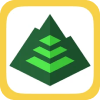
Get off the beaten path, and stay found.
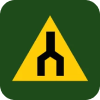
Discover the best trails in the world.
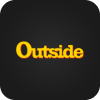
Unlock 600+ hours of ad-free films and series.
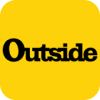
Unlock 15+ outdoor publications all in one app.
>", "path": "https://www.nationalparktrips.com/road-trips/best-road-trips/", "listing_type": "category", "location": "list", "title": "Find Adventure with These 7 Best National Park Road Trips"}}'> Find Adventure with These 7 Best National Park Road Trips
There’s few things better in life than a road trip. When you make the journey itself part of the destination, whole new worlds open up to be explored and places you never would have thought to travel become your new favorite spots. Whether it’s small town soda fountains that make you feel like you’ve stepped back in time, off-the-beaten path hikes that fill you with a sense of solitude, or new experiences like whitewater rafting, road trips let us slow down and really get a sense of the places we’re passing through. And our favorite itineraries? Those are the ones that connect national parks. We’ve rounded up seven of our favorite routes crossing America’s deserts, mountains and forests, but also its cities, small towns and hidden gems along the way. So turn on your favorite playlist and grab the snacks because it’s time to hit the road. These are seven of the best national park road trips in the country.
Wander the state that has inspired artists, writers and a national anthem on this mesmerizing Colorado road trip.
Katherine Lee Bates wrote the lyrics to America the Beautiful standing atop Pikes Peak in Colorado. “Oh beautiful, for spacious skies, for amber waves of grain. For purple mountain majesties, above the fruited plain.”
The song that has become an American anthem was meant to sum up the country as a whole, but standing atop Pikes Peak, Bates knew what anyone who visits Colorado quickly realizes: here you’ll find some of the best the U.S. has to offer.
Start in Colorado’s capital city of Denver to experience amazing food, craft beer and yoga at one of the country’s favorite music venues. Then, head towards Rocky Mountain National Park to spot elk, stunning peaks and perhaps one of Colorado’s newest residents: grey wolves.
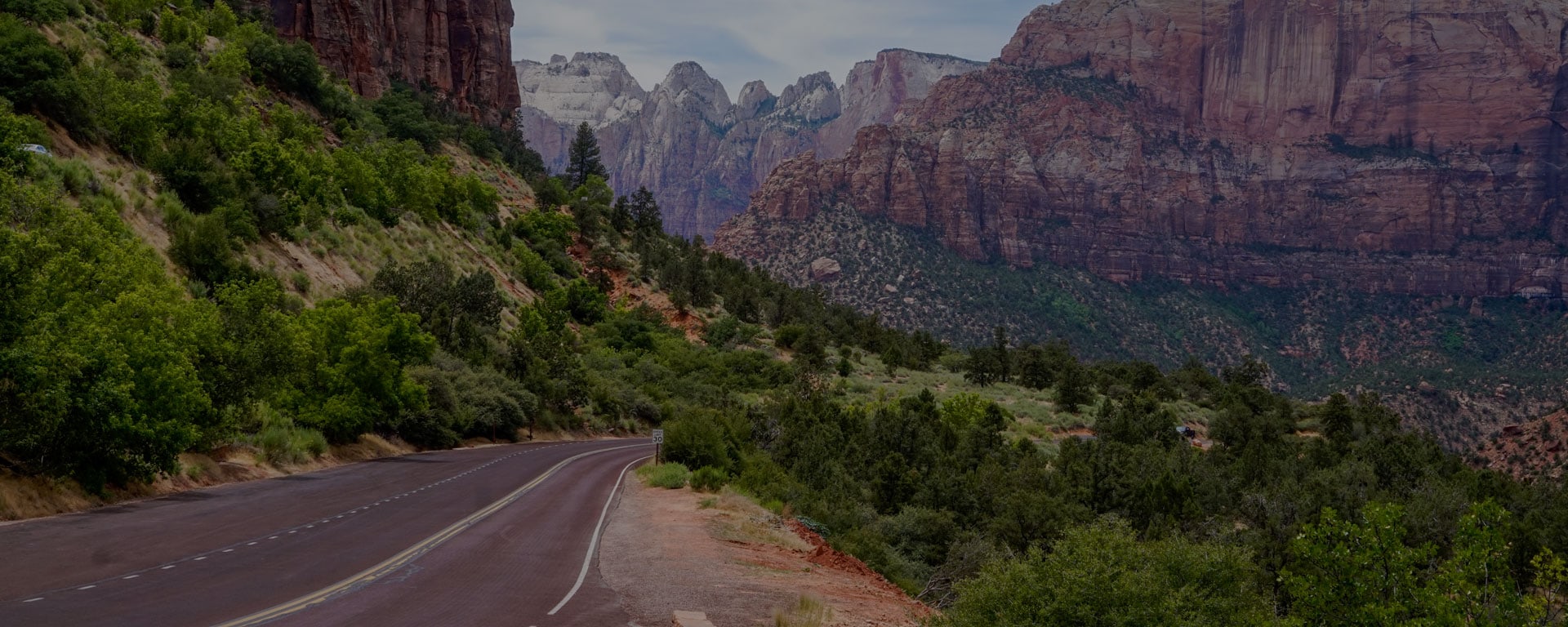
Everything you need to know to plan a national park road trip
Deemed “America’s best idea,” national parks protect some of the most scenic and historically significant areas in the U.S.
About the National Park Service
In 1916, President Woodrow Wilson signed the Organic Act, which established the National Park Service (NPS). Its goal is to “conserve the scenery and the natural and historic objects and the wildlife therein and … leave them unimpaired for the enjoyment of future generations.”
The NPS now manages 63 national parks and hundreds of monuments, historic sites, seashores, scenic trails, riverways, and more across the U.S. and its territories. According to the NPS, there are more than 20,000 NPS employees who care for both the protected land and its visitors.
Many of these employees are park rangers, who support programming at national parks, staff visitor centers, and offer guided tours. While programming varies by park, the Junior Ranger program and Every Kid Outdoors are nationwide programs. Local programs can be found on each park’s individual website by navigating to “Things To Do” in the “Plan Your Visit” menu.

What national park are you?
Find out your national park personality match
List of all 63 U.S. national parks
Cost for visiting national parks.
Each national park charges its own vehicle entry—usually around $30—or per-person fee, while a few parks offer free admission year-round. Entrance for children ages 15 and under is free.
National parks with no entrance fees include:
- Biscayne National Park
- Channel Islands National Park
- Congaree National Park
- Cuyahoga Valley National Park
- Gates of the Arctic National Park and Preserve
- Great Basin National Park
- Great Smoky Mountains National Park
- Hot Springs National Park
- Kenai Fjords National Park
- Kobuk Valley National Park
- Lake Clark National Park & Preserve
- New River Gorge National Park & Preserve
- North Cascades National Park
- Redwood National Park * (some areas of the adjoining state park have a day-use fee)
- Voyageurs National Park
- Wrangell-St. Elias National Park
The NPS announces entrance-free days for some national holidays and other celebrations each year. For 2023 there are five entrance-free days: Martin Luther King Jr.’s birthday (January 16), the first day of National Park Week (April 22), the anniversary of the Great American Outdoors Act (August 4), National Public Lands Day (September 23), and Veterans Day (November 11).
Tickets and reservations at national parks
In recent years, national parks have experienced a record number of visitors. This has led some parks to require advance reservations for entry or certain activities, including shuttles and hikes. To avoid any disappointment, do your research ahead of your visit. Each individual park’s website will have information on whether tickets are required, and many reservations can be made on Recreation.gov . Popular parks with advance ticketing for some or all areas include Acadia, Arches, Glacier, Yosemite, and Zion.
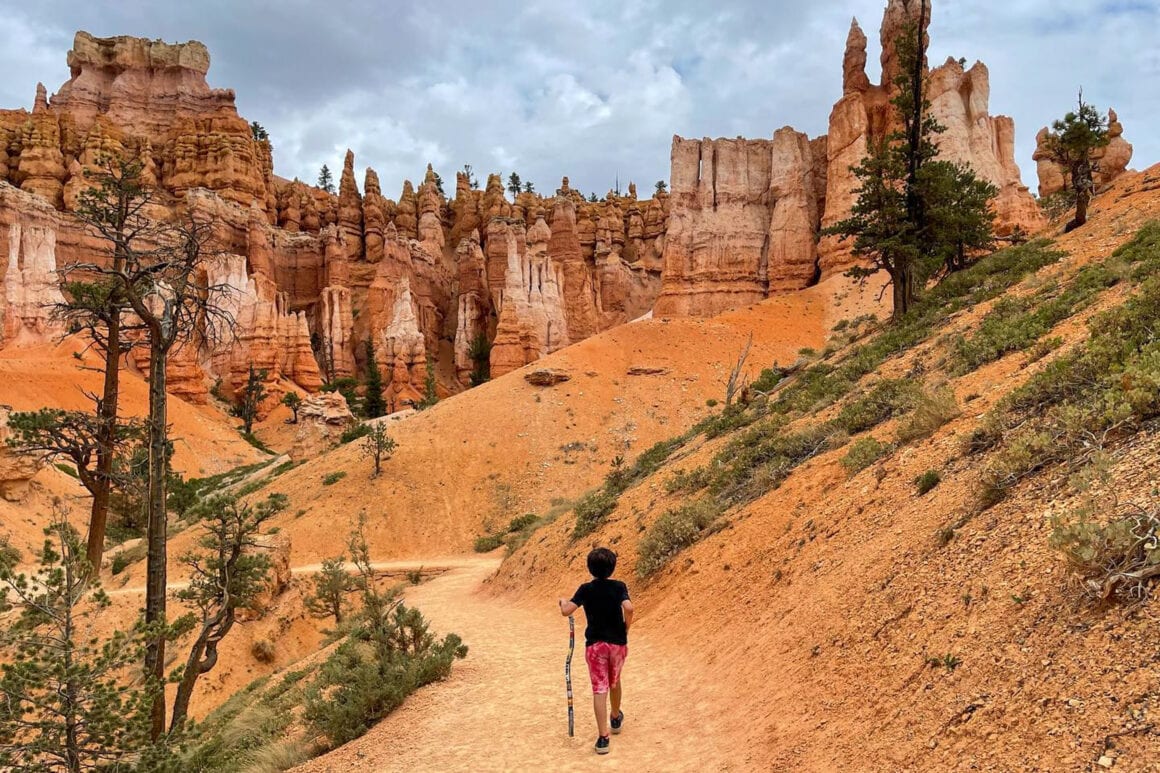
Everything you need to know about the America the Beautiful Pass
If you frequent national parks, national forests, and other federal lands, an annual pass can help you save money when traveling.
Discounts and passes at national parks
Frequent national park visitors can save big on entrance fees by purchasing an annual America the Beautiful Pass , which is valid at areas managed by the National Park Service, Forest Service, Fish and Wildlife Service, Bureau of Land Management, Bureau of Reclamation, and U.S. Army Corps of Engineers.
The pass costs $80 and covers entrance for up to four adults traveling in the same vehicle. Passes expire 12 months from the month of purchase on the last day of the month. The pass can be ordered online , via phone at 888-275-8747, or purchased in person at many federal recreation areas .
All current U.S. military members and dependents as well as veterans and Gold Star Family members receive free entrance to all parks through a special military pass. Seniors are able to purchase a discounted lifetime or annual senior pass. Those with permanent disabilities are eligible for a free lifetime pass; volunteers with a certain number of service hours are eligible for free annual passes. Children who are in fourth grade receive free access for their families for a full year (September through August) through the Every Kid Outdoors program. More information on all these passes can be found here .
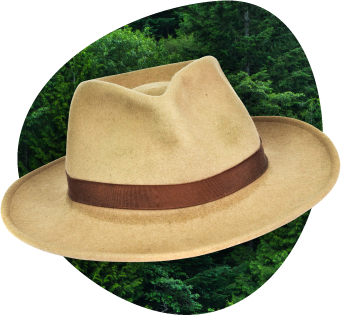
Use the NPS App to view park maps, accessibility information, alerts, and more. You can also download content for offline use.
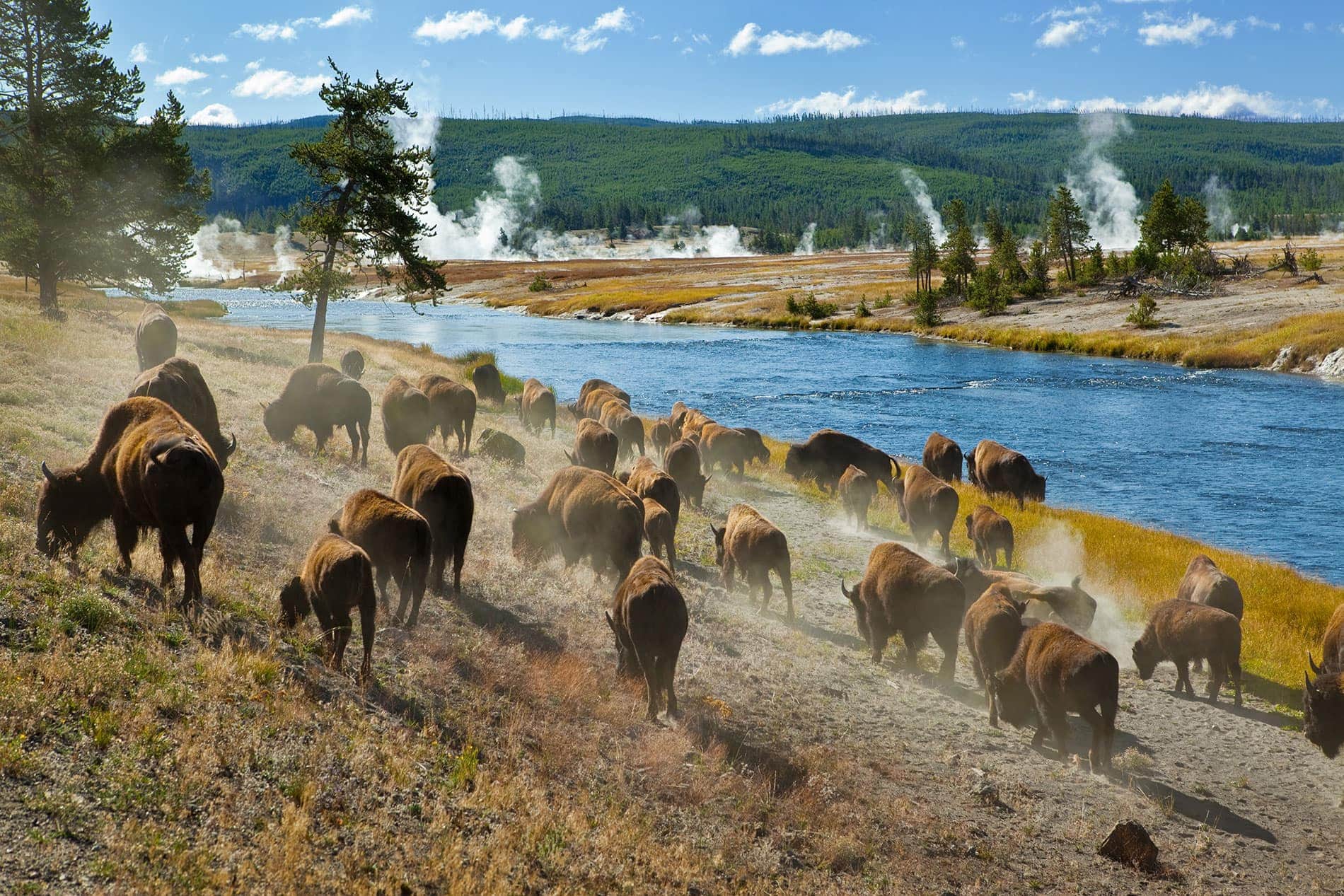
Preparing for a national park visit
A visit to a national park is made better with research, planning, and backup options. You’ll be enjoying the outdoors so expect encounters with wildlife—including bugs—and, depending on when and where you visit, inclement weather.
Visiting national parks with kids
With free entry and educational programming, make a national park your next family vacation.
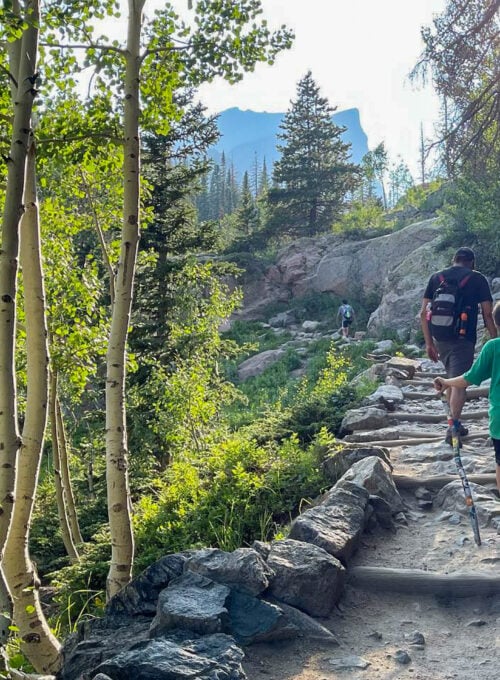
6 tips for getting your kids interested in hiking
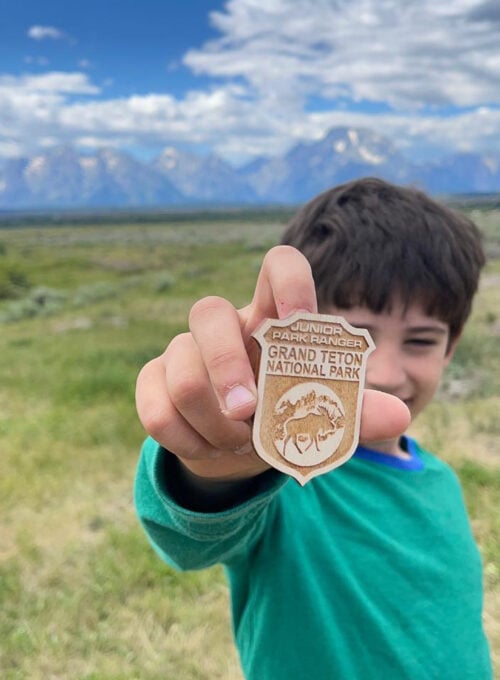
Everything you need to know about the National Park Service’s Junior Ranger program
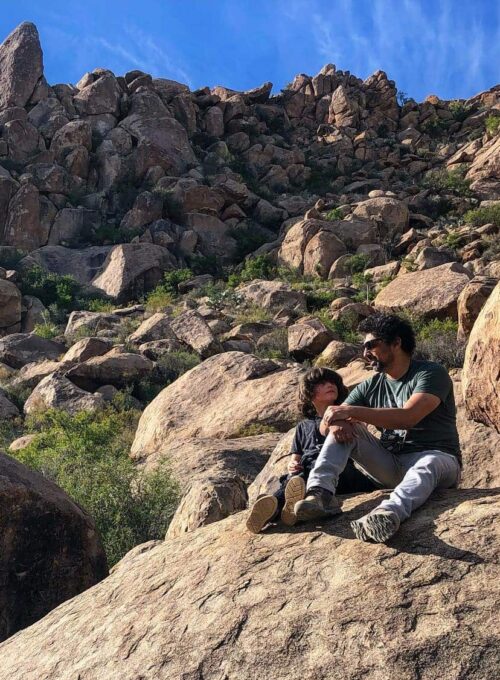
10 national parks that are fun for the whole family
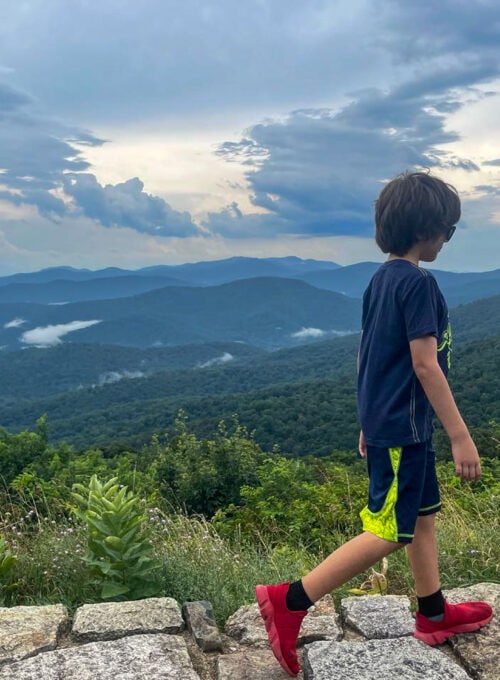
What to know about the National Park Service’s 'Every Kid Outdoors' program
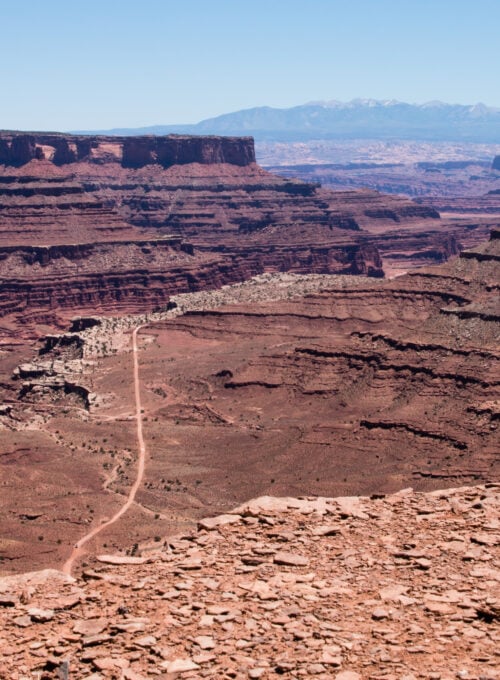
4 must-visit national parks for adventure-seeking travelers

A campervan road trip to Death Valley with a 3-month-old and a toddler
For families with kids in tow, there are a few things you can do to ensure your park visit is a success. From bringing enough food to taking advantage of kid-friendly programs and activities, here’s what you need to know before planning your trip.
Visiting national parks with pets
Not all national parks are pet-friendly. While many allow leashed pets at campgrounds and some trails, there are restrictions. Learn more about the B.A.R.K. Ranger program, and consider a nearby kennel if needed.
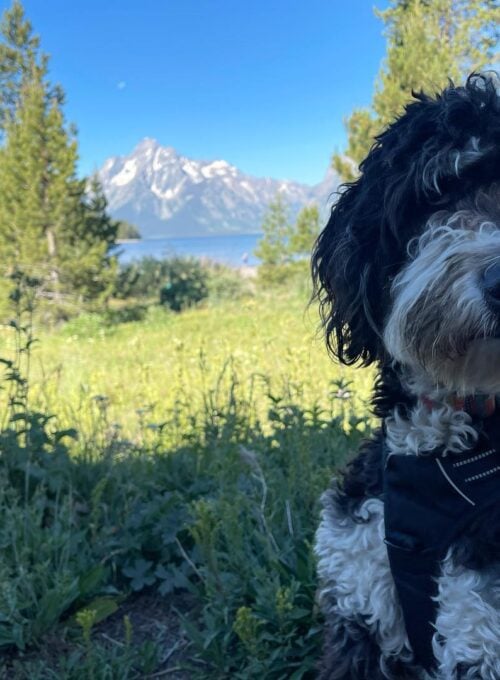
Your pup can be a BARK Ranger at these dog-friendly national parks

The quick and easy guide to roadtripping with pets
Visiting national parks by rv.
RVing is a popular way to visit national parks. Make sure you know your RV’s height and length restrictions before planning a trip so you can make sure your rig fits at campsites and on roads.
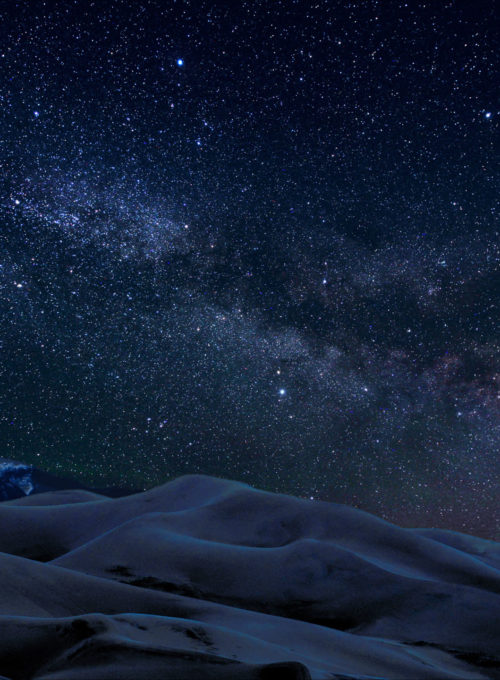
10 best national parks for RVers
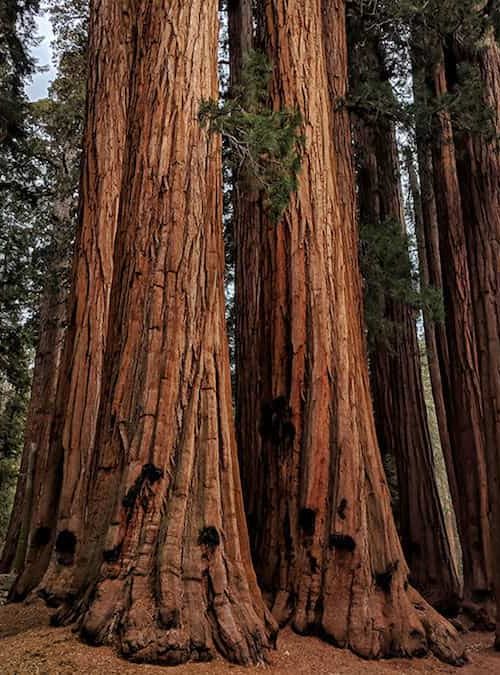
10 least visited national parks for RVers
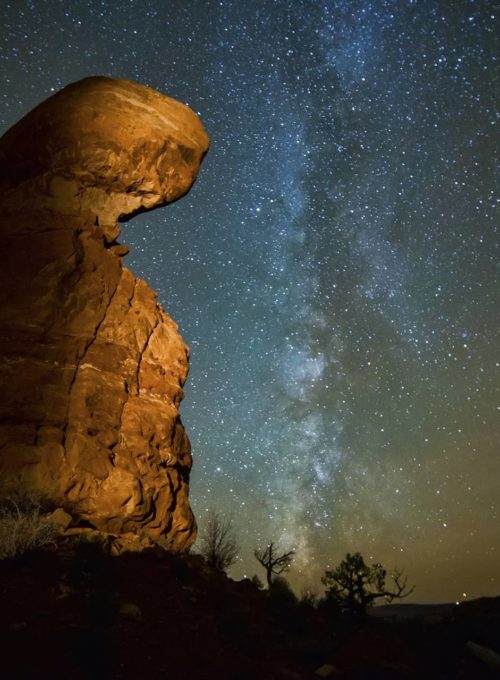
The best national parks for stargazing for RVers
Accessibility at national parks.
The NPS has its own Accessibility Task Force to recommend changes for improving accessibility at park units. All permanently disabled U.S. residents are eligible for free park entry. You can learn more about each park’s accessibility levels on its website under the “Plan Your Visit” menu.
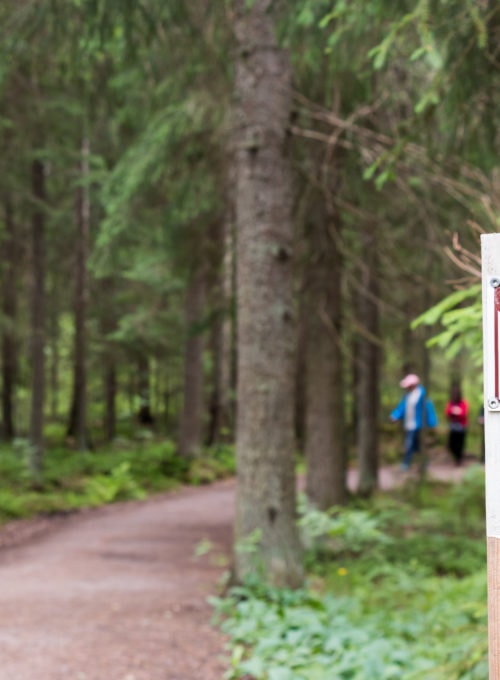
Outdoors for all: How national parks are addressing accessibility challenges
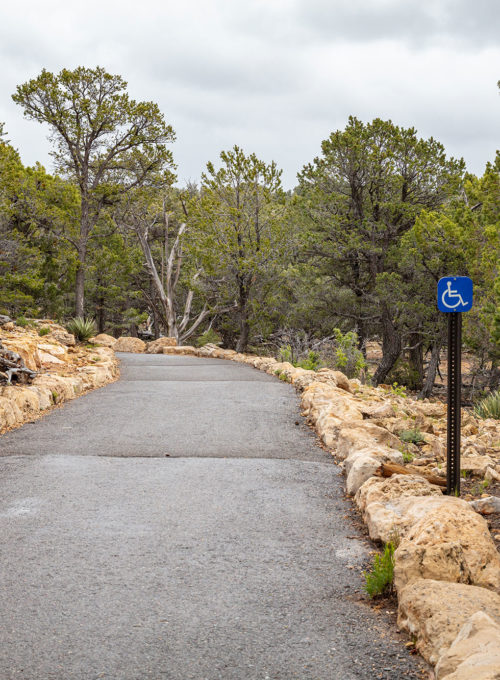
How to plan an accessible family road trip
![us national parks trip planner 5 of the most wheelchair accessible national parks in the U.S. [Campendium]](https://roadtrippers.com/wp-content/uploads/2022/10/accessible-parks-2-800x533-1-500x533.jpg)
5 of the most wheelchair accessible national parks in the U.S. [Campendium]
Seasonality at national parks.
Some national parks close or have limited access on a seasonal basis due to weather conditions. You can view this information on each park’s website under the “Plan Your Visit” menu. Information will be listed under “Basic Information > Operating Hours & Seasons.”
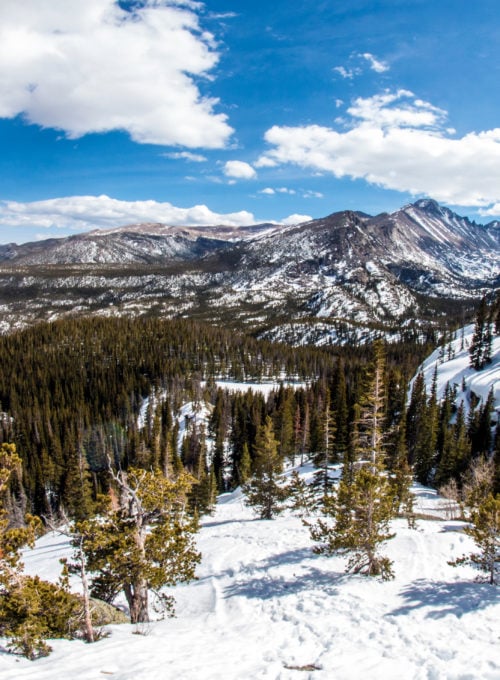
11 national parks with incredible winter experiences
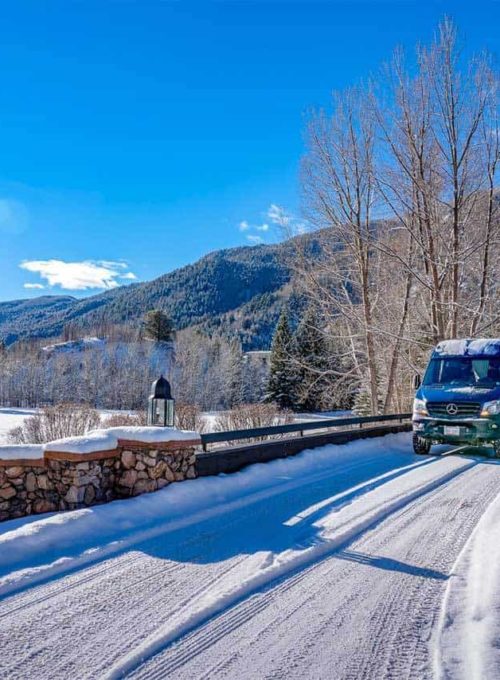
10 national parks in winter for RVers
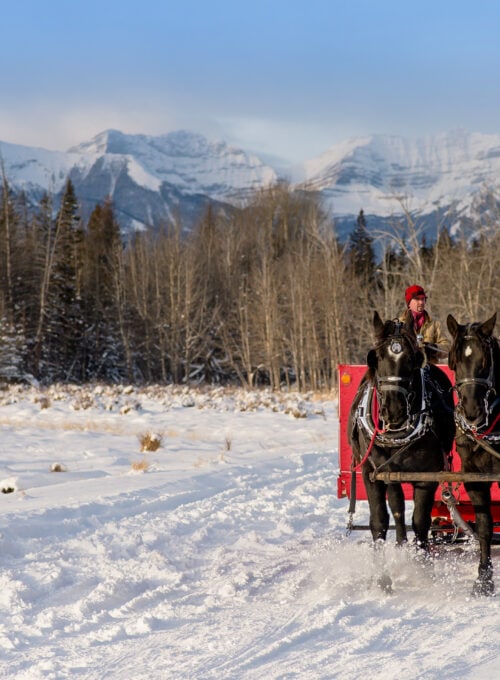
8 national parks with epic holiday celebrations
Acknowledging national park history.
Learn more about the history of national parks, and the people who first protected them and helped make them what they are today.
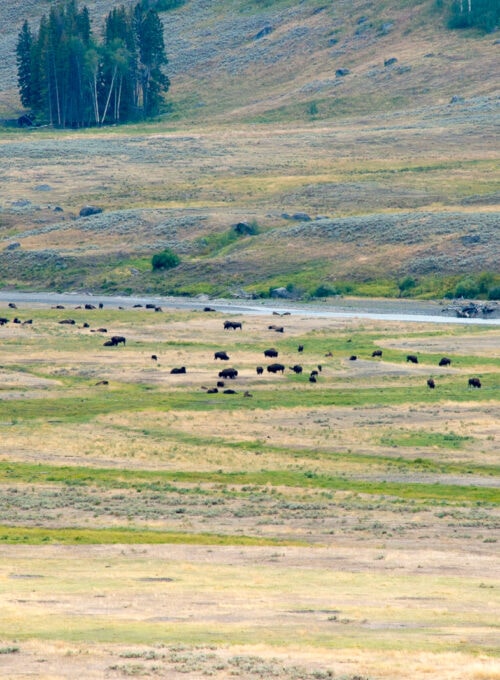
Learn about Indigenous history at these National Park Service sites
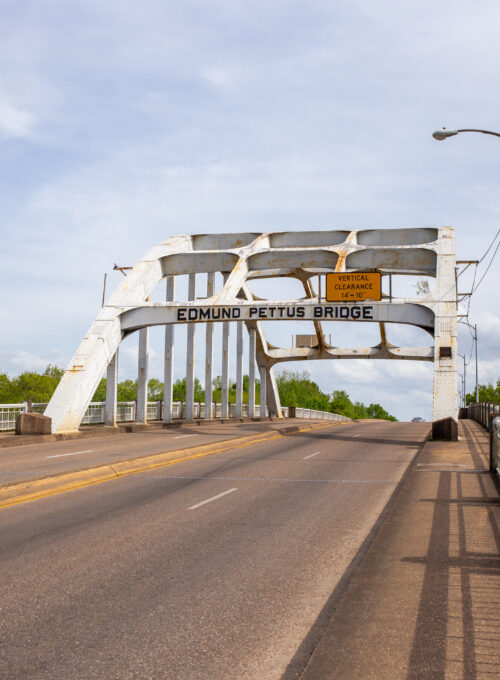
National Park Service sites dedicated to Black history in the U.S.
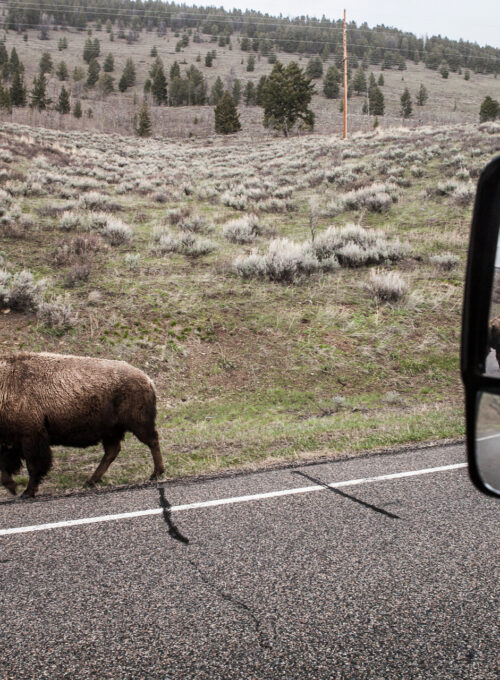
Yellowstone at 150: The park elevates Native American voices in its anniversary celebrations
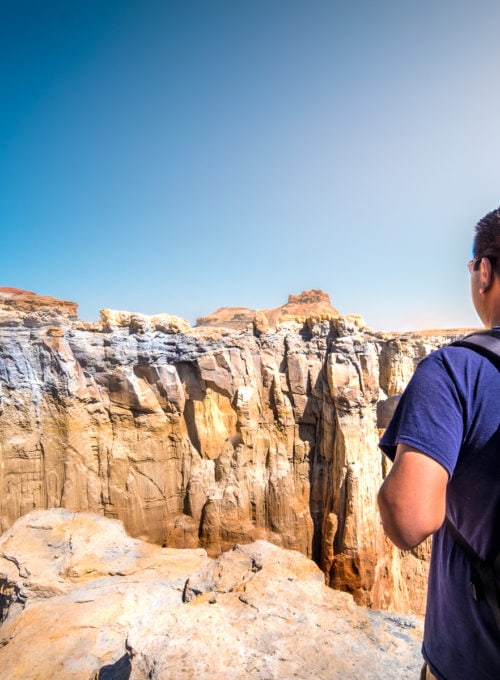
Next time you visit a national park, take time to learn and honor its Indigenous history
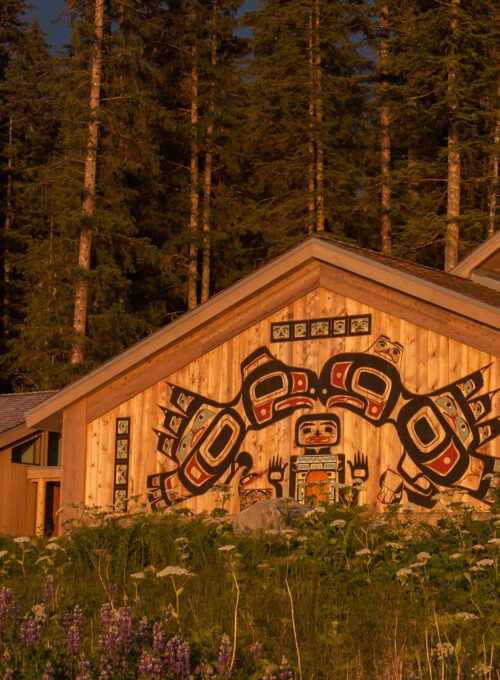
These national park sites work with local tribes to recognize Indigenous history and culture
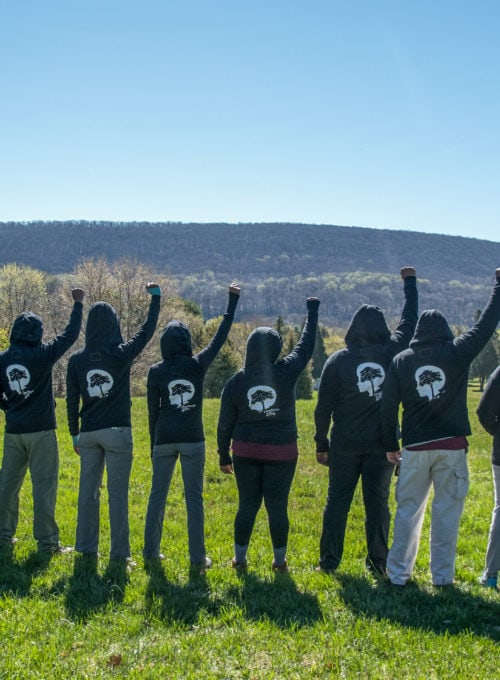
'A true sense of belonging': Outdoor Afro creates spaces for Black joy in nature
Recreate responsibly and leave no trace.
The NPS supports the Leave No Trace Seven Principles and Recreate Responsibly . Learn more about these campaigns below.

How to leave no trace during your summer road trip
![us national parks trip planner How to Leave No Trace: Boondocking Edition [Campendium]](https://roadtrippers.com/wp-content/uploads/2020/04/shutterstock_1106316416-500x680.jpg)

How to Leave No Trace: Boondocking Edition [Campendium]
The NPS recommends 10 items for national park visits: navigation (map, compass, and GPS system), sun protection (sunglasses, sunscreen, and hat), insulation (jacket, hat, gloves, rain shell, and underlayers), illumination (flashlight, headlamp, and lantern), first-aid supplies, fire starters, repair kit and tools (duct tape, knife, screwdriver, and scissors), nutrition, hydration, and an emergency shelter (tent, space blanket, tarp, and bivy).
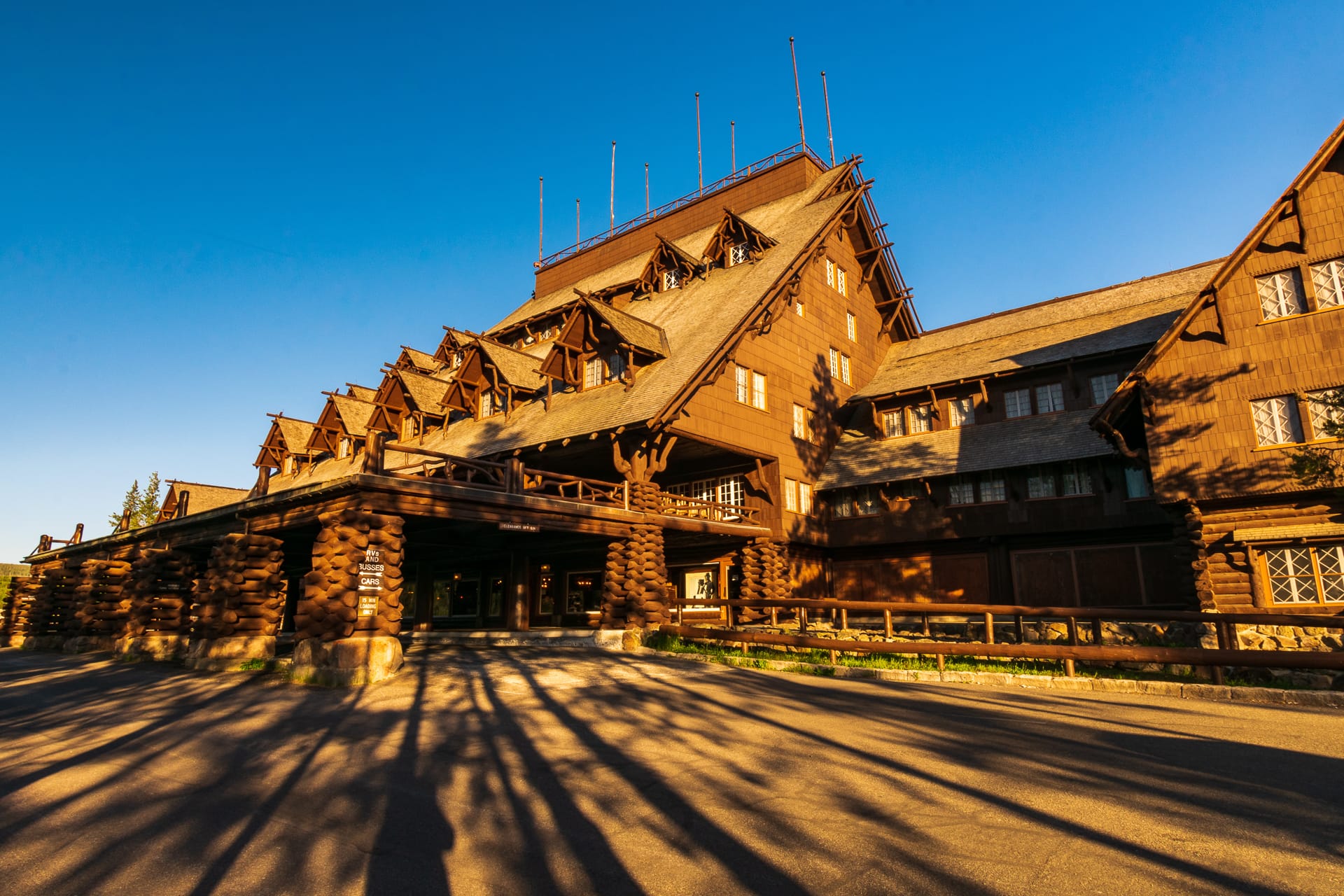
Camping and lodging at national parks
Most national parks offer convenient accommodations in the form of lodges and campgrounds inside the park’s grounds. There are more than 130 campgrounds to choose from within the 63 parks and nearly half of the parks offer in-park lodging.
Camping at national parks
Most campground reservations can be made in advance through Recreation.gov, although this varies by park. Some sites are available on a first-come, first-served basis. Nightly rates and other fees vary by park and will be listed on each park’s website.
To find camping information for each park , visit the park’s website and navigate to the “Plan Your Visit” menu. Lodging and camping information will be listed under “Eating & Sleeping.” Most popular campgrounds fill up the day the reservation booking window opens, which can be anywhere from 14 days to 12 months in advance of travel dates. Make sure to mark your calendar and make bookings as soon as you can.
Note that many national park campgrounds are limited in amenity offerings and site size. Depending on your camping style and rig size, you might consider a private campground in a gateway town. Glamping sites are also cropping up in the areas surrounding many popular national parks and can be convenient for families or those looking to bridge sleeping outdoors with creature comforts.
5 tips for booking campsites at popular national parks
Our friends at Campendium share tips that can help you snag a campsite at these highly coveted locations.
More national park camping
![us national parks trip planner Camping guide to popular national parks [Campendium]](https://roadtrippers.com/wp-content/uploads/2021/11/shutterstock_1814987087-500x680.jpg)
Camping guide to popular national parks [Campendium]
![us national parks trip planner The best private campgrounds near national parks [Campendium]](https://roadtrippers.com/wp-content/uploads/2022/04/IMG_4183-500x680.jpg)
The best private campgrounds near national parks [Campendium]
![us national parks trip planner The best glamping sites near national parks [Campendium]](https://roadtrippers.com/wp-content/uploads/2019/08/montana-camping-glamping-tent-500x680.jpg)
The best glamping sites near national parks [Campendium]
![us national parks trip planner Where to find national park campgrounds with RV hookups [Campendium]](https://roadtrippers.com/wp-content/uploads/2023/04/Trailer-Village-RV-Park-1536x1152-1-500x680.jpg)
Where to find national park campgrounds with RV hookups [Campendium]
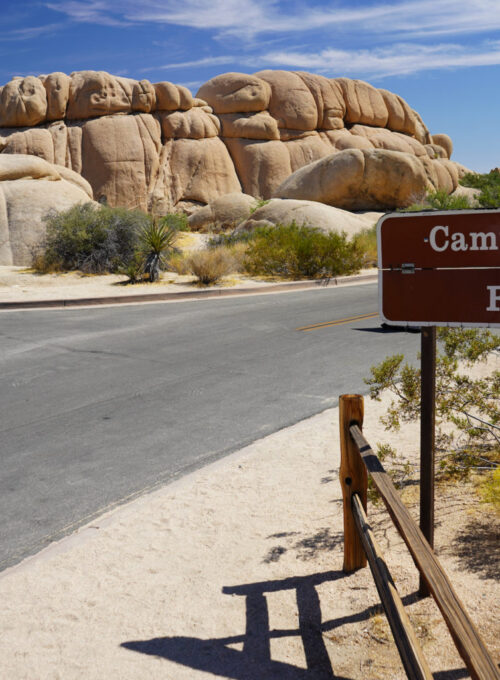
How to secure a last-minute national park campground reservation
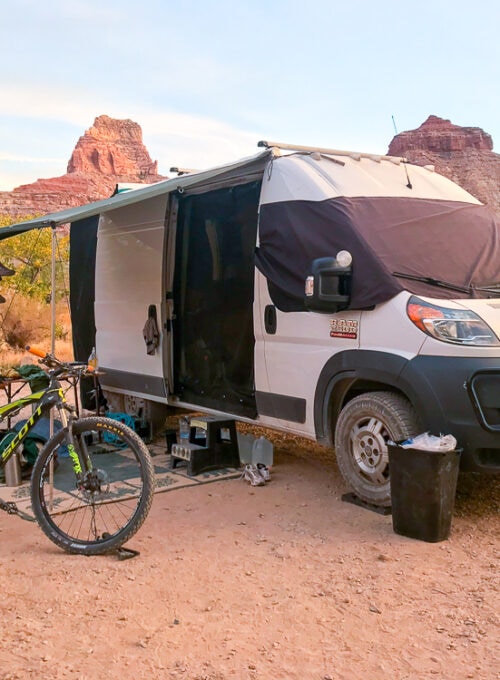
5 national park sites where you can find nearby boondocking [Campendium]
Lodging at national parks.
Almost half of U.S. national parks—including Badlands, Death Valley, Glacier, Grand Canyon, Yellowstone, Yosemite, and Zion—offer in-park lodging, typically through park concessionaires. Like campgrounds, rooms book well in advance, so make your reservations as early as possible. Most lodges have their own websites for booking and additional information.
Guides to popular national parks
Find out more information and plan a trip with these guides to popular U.S. national parks.
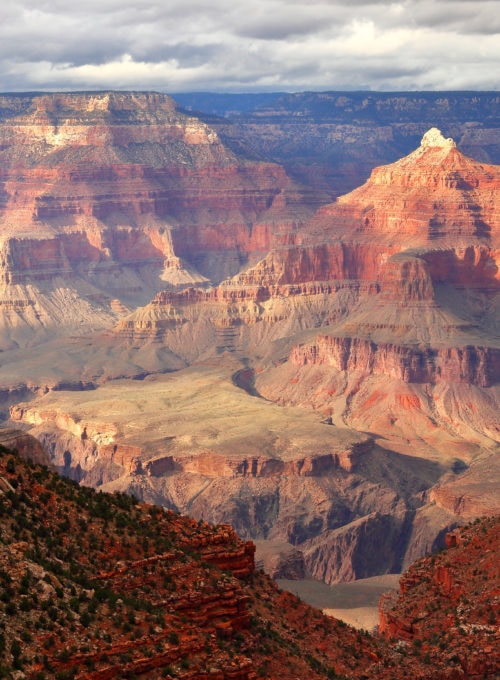
Grand Canyon National Park
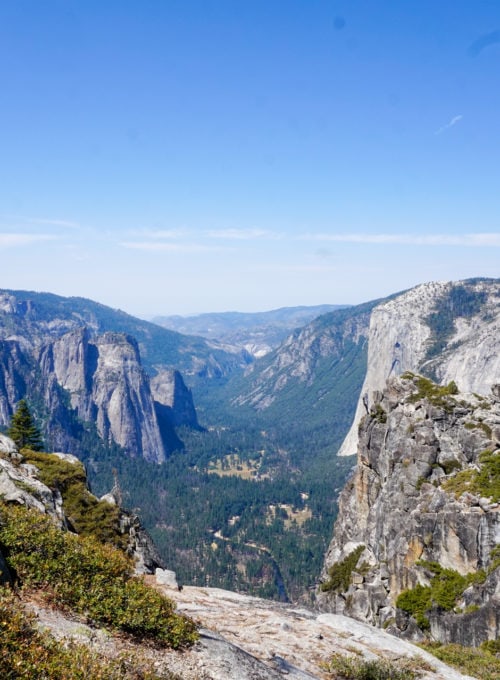
Yosemite National Park

Yellowstone National Park
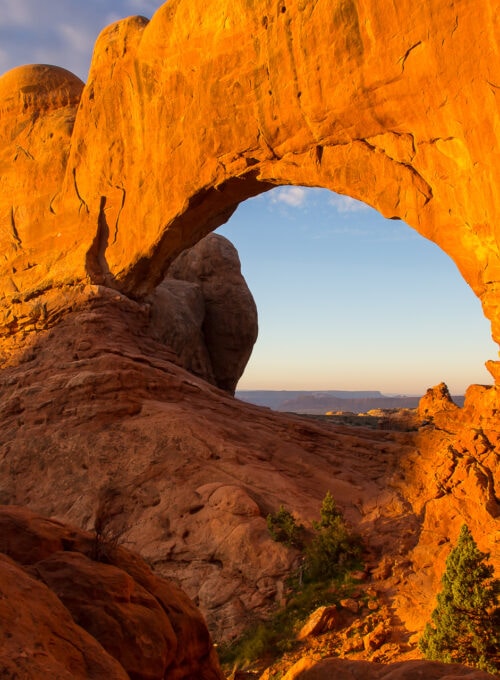
Arches National Park
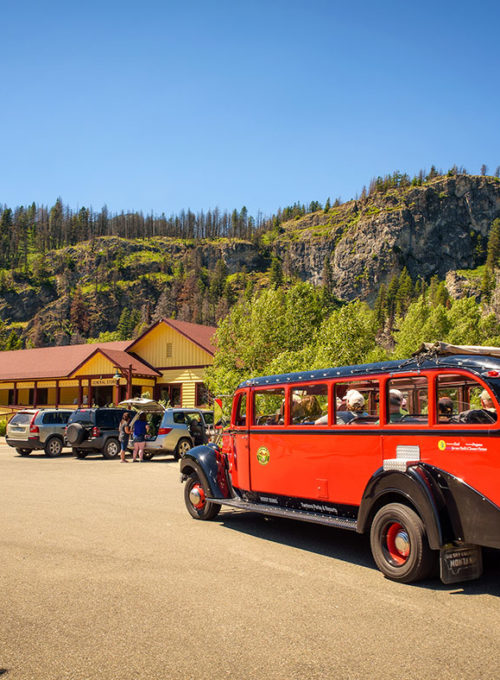
Glacier National Park
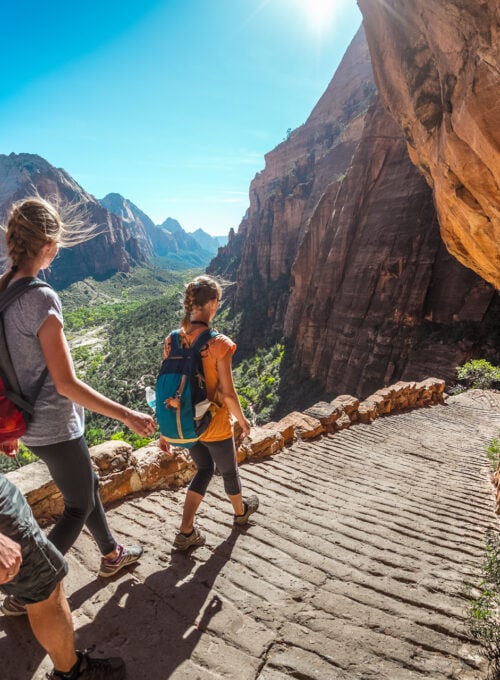
Zion National Park
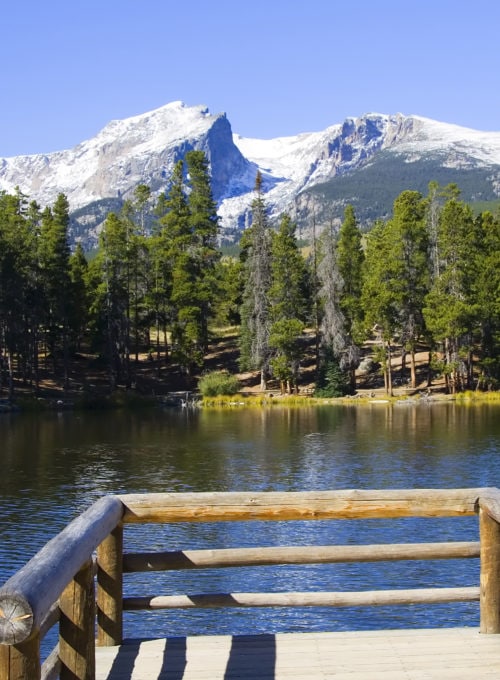
Rocky Mountain National Park
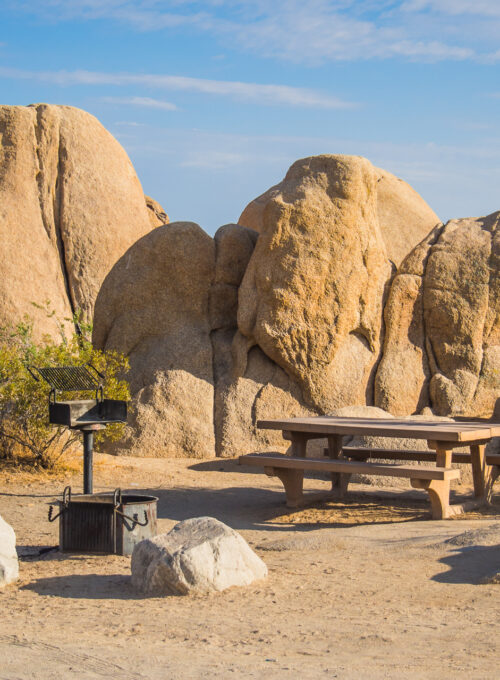
Joshua Tree National Park
Guides to lesser-visited national parks.
Consider a visit to these national parks that are equally beautiful but less trafficked than some of their counterparts.
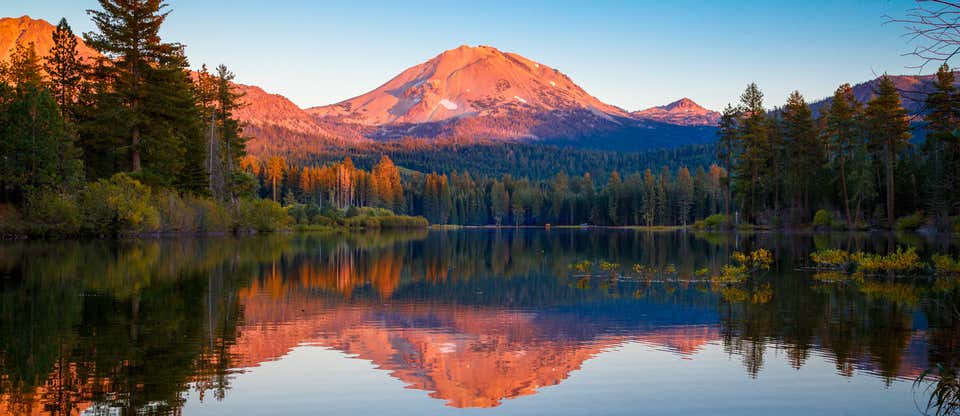
The Ultimate Guide to Lassen Volcanic National Park
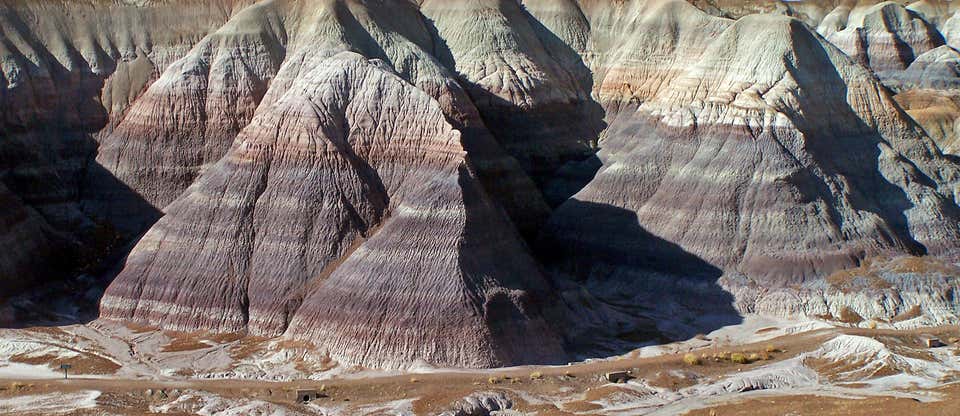
The ultimate guide to Petrified Forest National Park

The perfect RV road trip to Olympic National Park
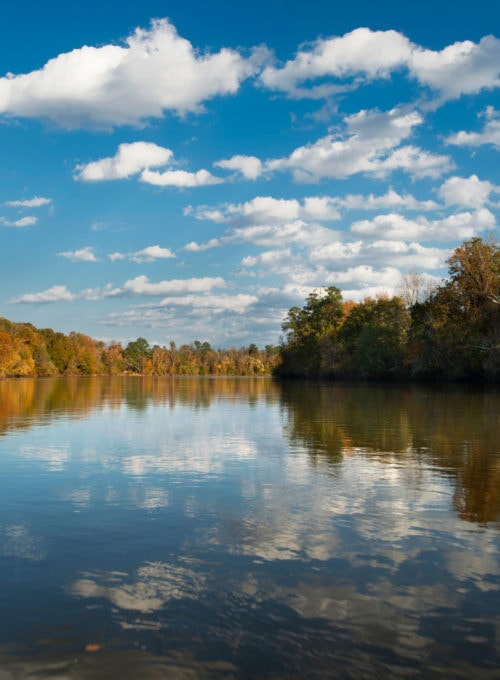
Finding solace in the old-growth forest of Congaree, one of the least-visited national parks in the U.S.
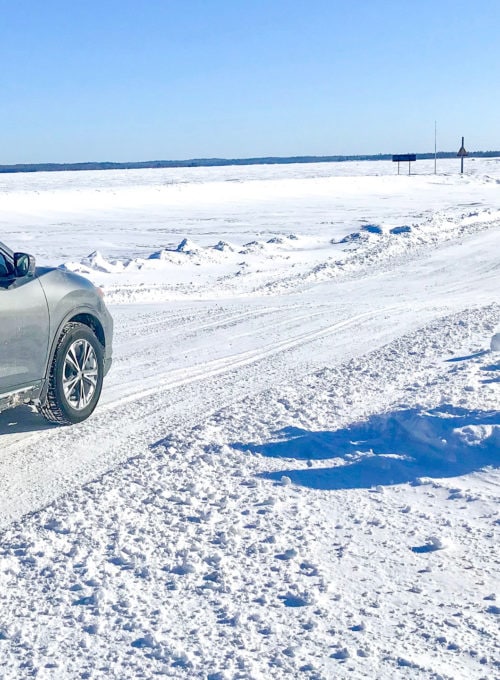
Want a unique winter thrill? Try driving an ice road across a frozen lake in Voyageurs National Park
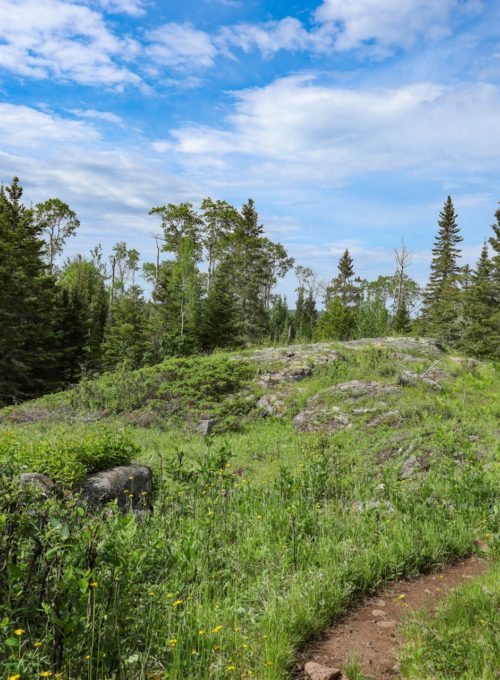
Ditch your car to experience Isle Royale, the least-visited national park in the contiguous U.S.
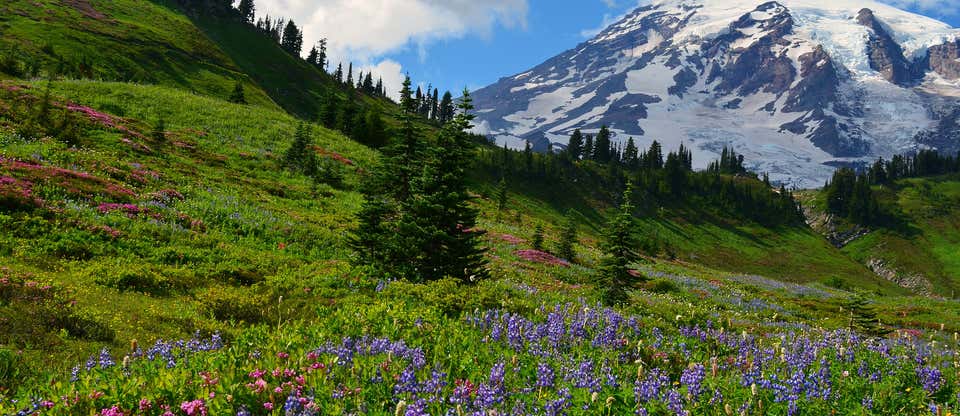
The Ultimate Guide to Mount Rainier National Park
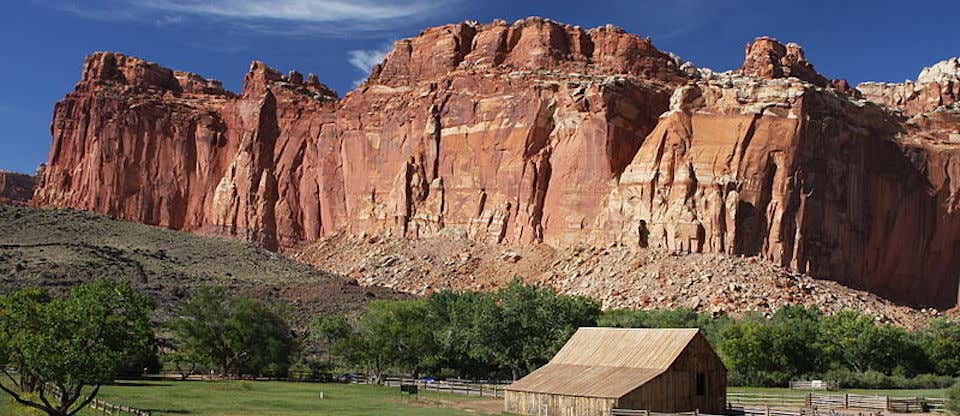
The Ultimate Guide to Capitol Reef National Park
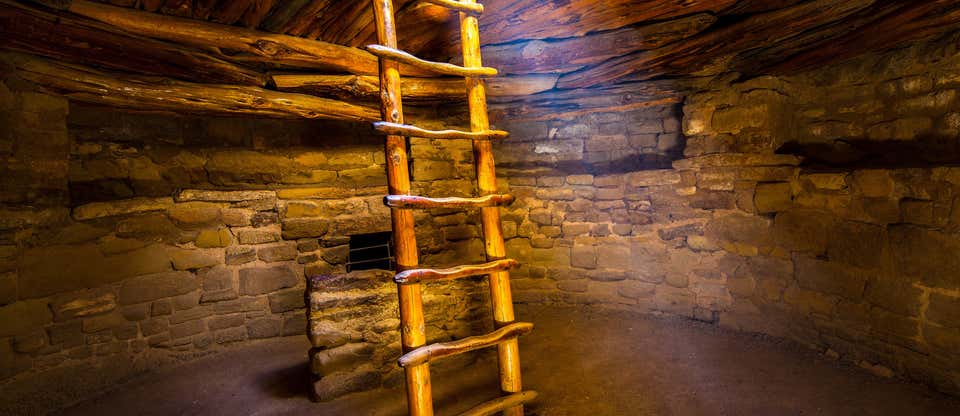
Roadtrippers guide to mysterious Mesa Verde National Park
National parks in the west.
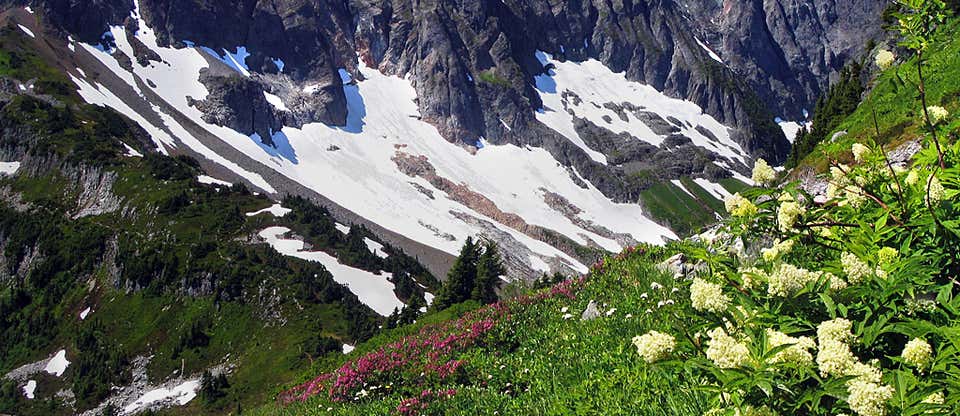
The ultimate guide to North Cascades National Park
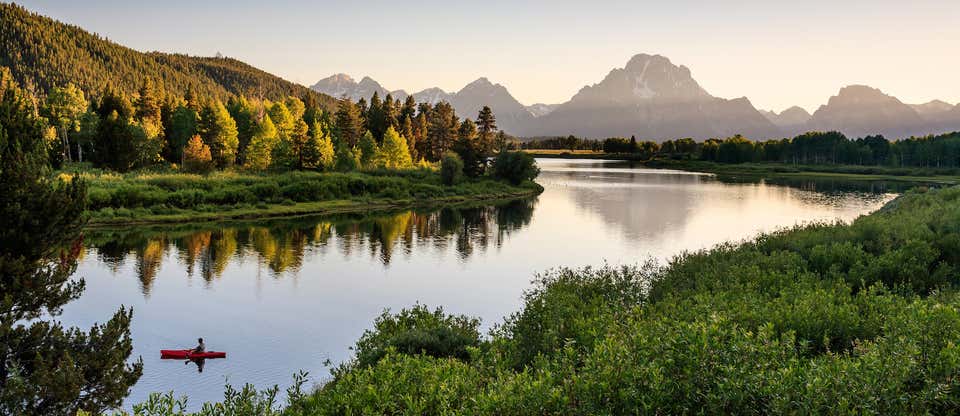
Why you'll fall in love with Grand Teton National Park
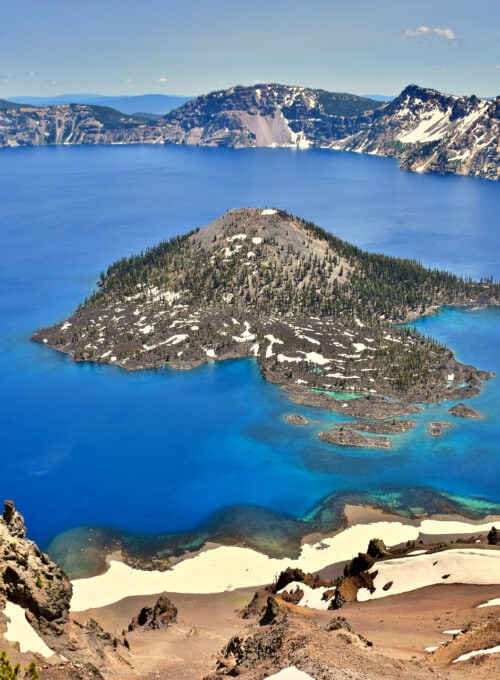
Crater Lake National Park
![us national parks trip planner California national parks by RV [Togo RV]](https://roadtrippers.com/wp-content/uploads/2022/04/death-valley-national-park-500x680.jpg)
California national parks by RV [Togo RV]
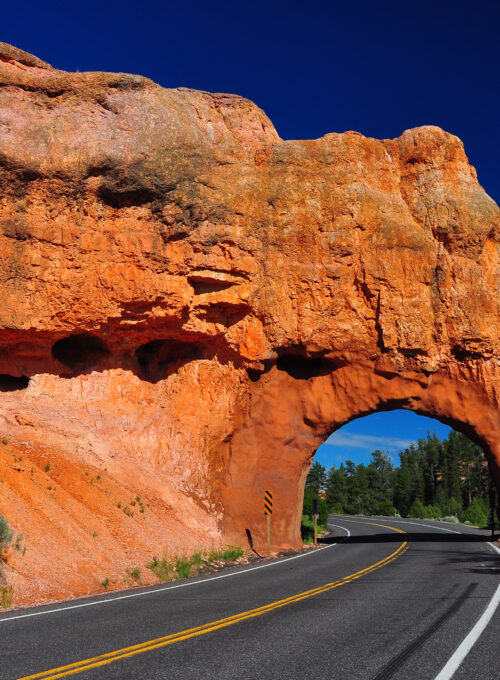
Bryce Canyon National Park
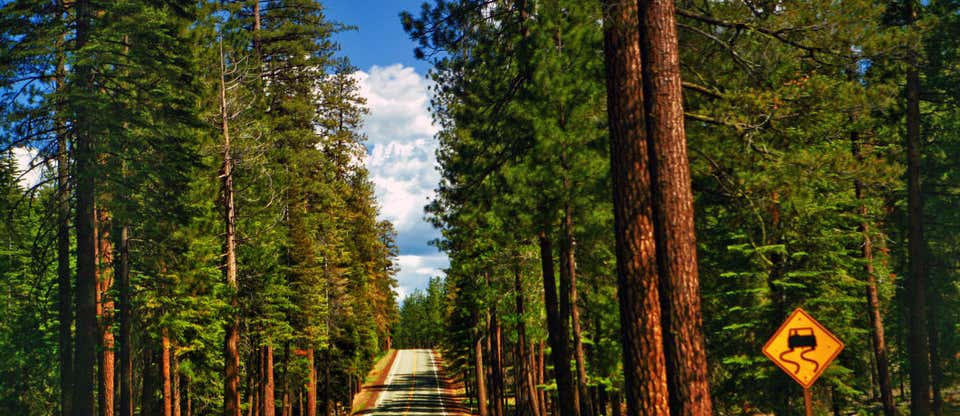
Here's why you'll fall in love with Sequoia National Park

The ultimate road trip guide to Canyonlands National Park
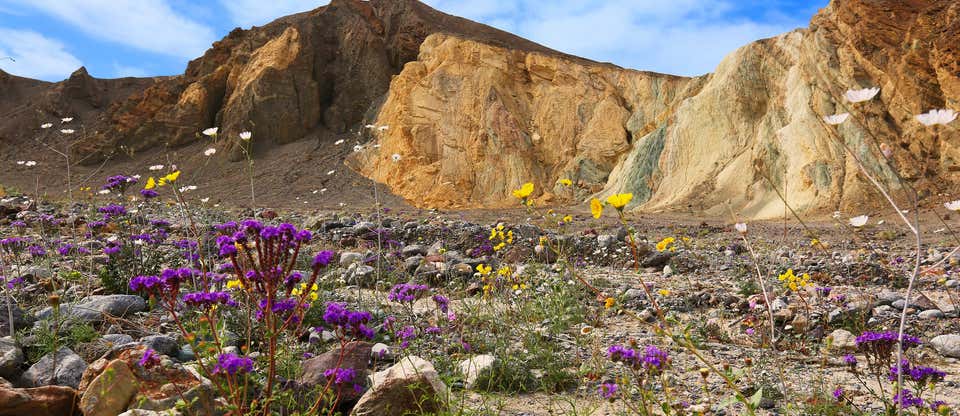
The Ultimate Guide to Death Valley National Park
National parks in the south.
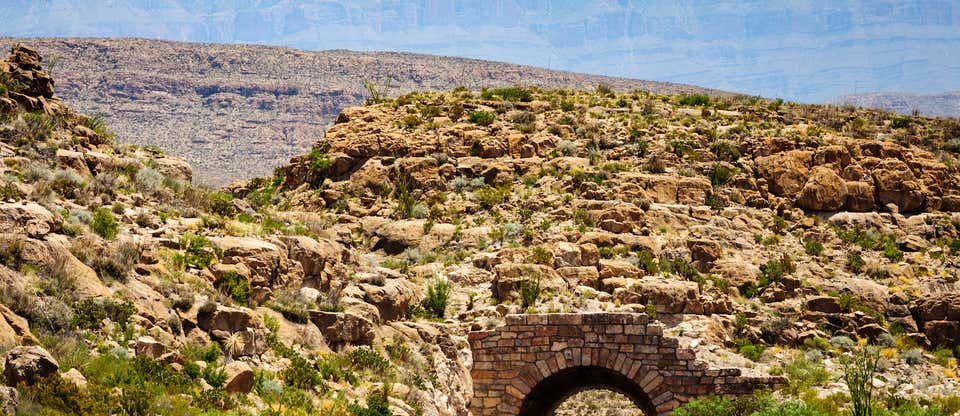
The ultimate guide to Big Bend National Park
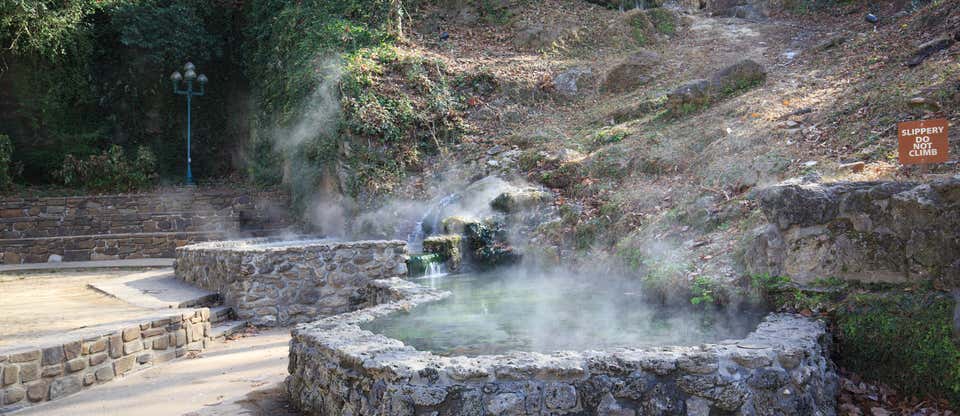
The ultimate guide to Hot Springs National Park
![us national parks trip planner Visiting Florida’s National Parks and Forests by RV [Togo RV]](https://roadtrippers.com/wp-content/uploads/2022/01/florida-keys-rving-12-500x680.jpg)
Visiting Florida’s National Parks and Forests by RV [Togo RV]
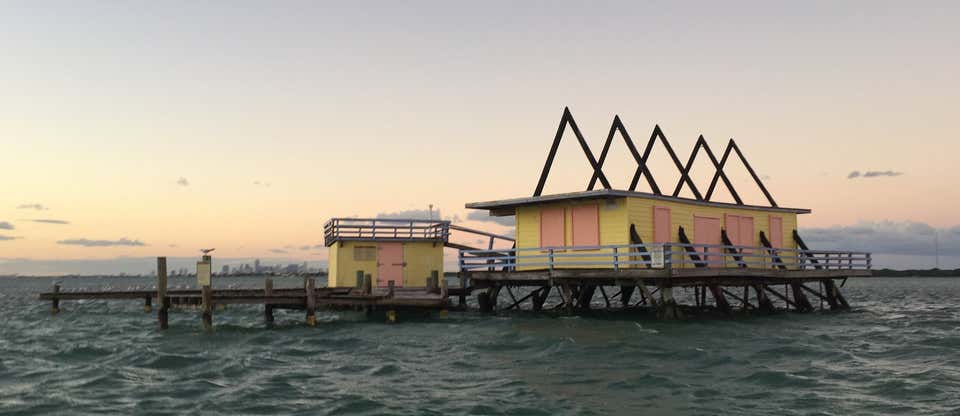
The Ultimate Guide to Biscayne National Park
National parks in the midwest.
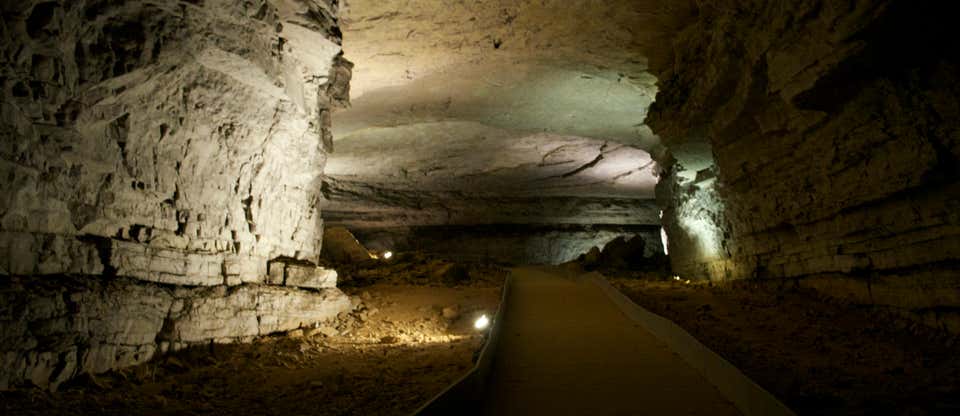
The ultimate guide to Mammoth Cave National Park

The Ultimate Guide to Cuyahoga Valley National Park
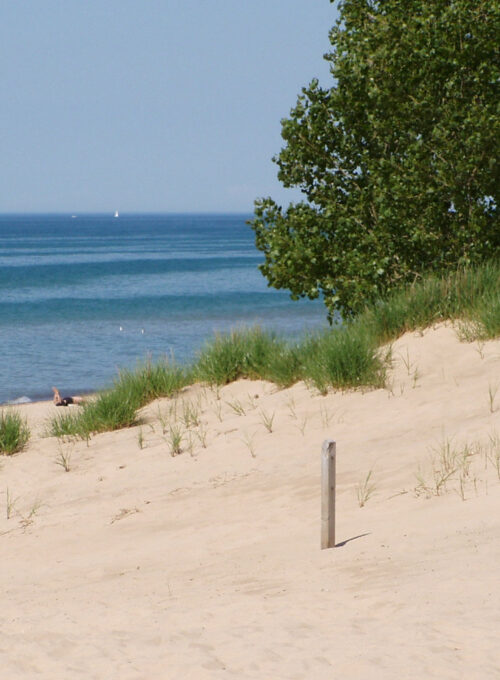
How to make the most of a road trip to Indiana Dunes National Park
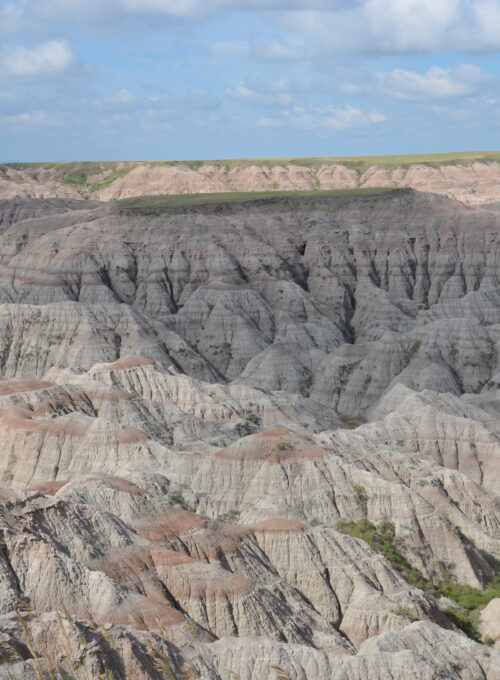
Badlands National Park
National parks in the east.
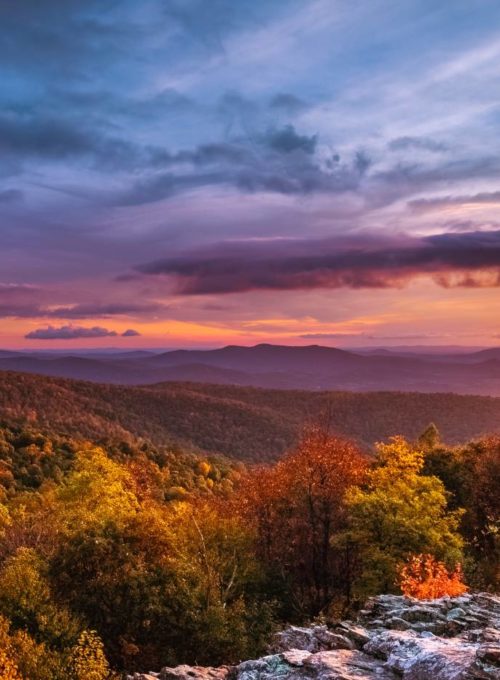
Shenandoah National Park
![us national parks trip planner 4 National Parks in the Southeast Worth Visiting by RV [Togo RV]](https://roadtrippers.com/wp-content/uploads/2020/01/congaree-national-park-7-500x680.jpg)
4 National Parks in the Southeast Worth Visiting by RV [Togo RV]
![us national parks trip planner A Campers Guide to The Newest National Park: New River Gorge [Campendium]](https://roadtrippers.com/wp-content/uploads/2021/12/shutterstock_1810679743-500x680.jpg)
A Campers Guide to The Newest National Park: New River Gorge [Campendium]
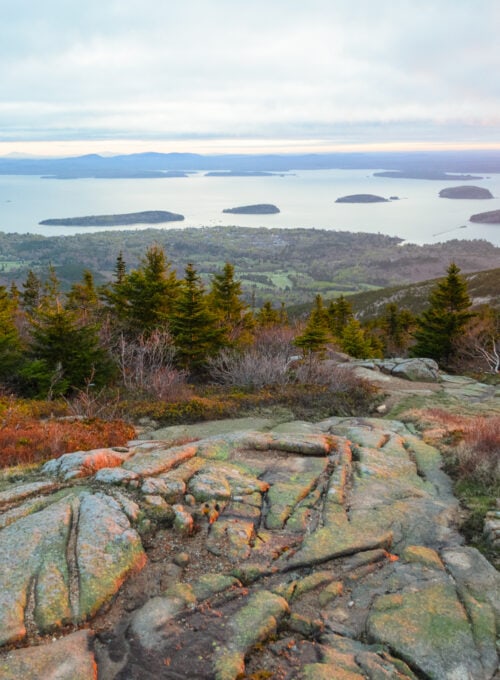
Acadia National Park
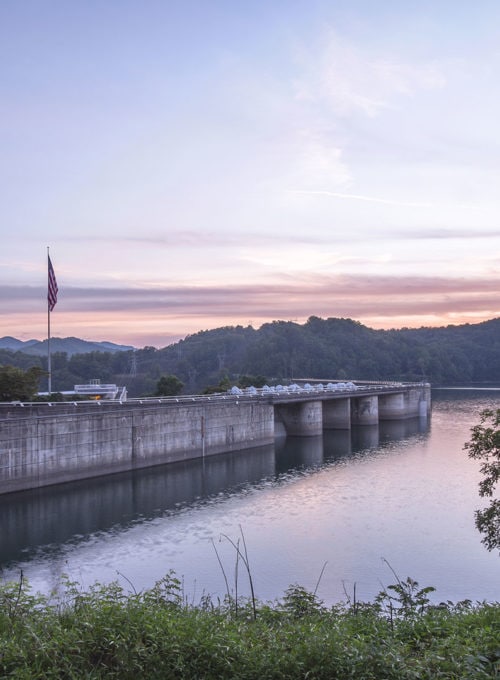
An insider’s guide to hidden gems in Great Smoky Mountains National Park
Want more national park content delivered to your inbox.

- Sign up Log in Sign out
- Log in Sign out
Plan your journey, find amazing places, and take fascinating detours with our app.
If you used to sign in with Roadpass, you should now use the same username and password to log in directly with Roadtrippers above.
We couldn't find an existing Roadtrippers account using that service. Please try signing in with another option.
We need your email address to send you trip itineraries and other updates.
How do you want to plan your trip?
With just a few questions, our newest Premium feature, Autopilot, will plan your next adventure.

Protect Your Trip »
Best u.s. national parks for 2024.
For more than 100 years, the National Park Service has managed millions of acres solely for the "enjoyment, education and inspiration of this and future generations." Today, 63 designated national parks in the United States draw millions of visitors a year to witness jaw-dropping natural wonders and unforgettable terrains. To determine the best U.S. national parks, U.S. News considered scenic beauty, range of activities and the opinions of both travel experts and recent park visitors. Do you have a favorite park? Cast your vote below to help us determine next year's ranking. (Note: Some of the below destinations require reservations for timed entry. Plan ahead to ensure you can visit on your preferred date.)
Glacier National Park
Yellowstone national park, yosemite national park, grand canyon national park, grand teton national park, zion national park, denali national park and preserve, kenai fjords national park, bryce canyon national park, redwood national and state parks, arches national park, sequoia national park, olympic national park, hawai'i volcanoes national park, mount rainier national park, rocky mountain national park.

Considered one of the world's best places to visit , Glacier National Park spans two mountain ranges and includes more than 700 lakes across Montana. Take advantage of the park's expansive hiking trails, and be sure to hit traveler favorites like the Trail of the Cedars and Iceberg Lake Trail. Other activities include a ride along the scenic Going-to-the-Sun Road and a trip to the unique Waterton-Glacier International Peace Park, a UNESCO World Heritage Site on the Canadian border. What's more, Glacier National Park hosts plenty of free ranger-led activities like guided hikes and stargazing events ideal for visitors of all ages.

Even if Yellowstone didn't hold the incredible distinction of being the world's first national park, the 2.2 million-acre park, which stretches across Wyoming, Montana and Idaho, could easily stand on its own for its unique natural attractions and magnificent landscapes . Here, travelers can get lost in the splendor of Yellowstone's many lakes, mountains, bison-filled valleys and, of course, its unmatched hot springs and active geysers (of which the park boasts more than half of the world's supply). To avoid the crowds that often plague Yellowstone while also ensuring excellent weather, plan to visit in April, May or October.

One of California's most-visited national parks, Yosemite National Park stands out for its bevy of impressive waterfalls, such as Vernal Fall and Bridalveil Fall, as well as its unique granite rock formations like Half Dome and El Capitan. There are also ample scenic hiking and camping opportunities; just keep in mind that campsites sell out quickly after becoming available for booking, so make your reservations in advance. Whatever your itinerary may be, make sure to stop by the Tunnel View overlook, which offers showstopping panoramas of Yosemite Valley. What's more, the picturesque lookout spot is relatively easy to access (no hiking is required).

The Grand Canyon is so magnificent that even the highest quality photos don't do the Arizona park's vast beauty justice – you just have to see it in person. The 18-by-277-mile UNESCO World Heritage Site offers endless hiking opportunities with trails of various lengths and degrees of difficulty, as well as the chance to raft the Colorado River. For a slight break from the tourist crowds, head to the less-congested North Rim. And if you're looking for a different vantage point, consider a helicopter tour to learn more about Grand Canyon National Park and see it in all its glory from above.

Jackson Hole's backcountry is a wild wonderland begging to be explored. Once home to ranchers and fur trappers, this Wyoming park now offers more than 250 miles of trails that weave past forests, lakes and the jagged, snow-capped peaks of the Grand Teton mountain range. The Cascade Canyon Trail – which takes travelers past waterfalls, glacier-carved canyons and more – shows off the best of Grand Teton National Park's stunning topography. Don't forget to stop by the Craig Thomas Discovery & Visitor Center to stock up on maps, check out its informational exhibits and watch the interesting documentary film about the park.

Utah's Zion National Park is a paradise for thrill-seekers. Hike Angels Landing, which brings you up through a nearly 1,500-foot natural staircase (permits are required to hike this popular trail and are awarded through an online lottery system). You can also trek The Narrows, a roughly 10-mile hike through the thinnest section of Zion Canyon, which requires hikers to travel upstream through the Virgin River. For a less strenuous exploration of the park, join a shuttle bus tour to traverse the Zion Canyon Scenic Drive, which takes you past many of the park's most famous landmarks.

Spanning six million acres of unspoiled Alaskan wilderness, Denali National Park and Preserve is as vast as it is fascinating. One-sixth of the park is covered in glaciers, and the tallest mountain in North America, Denali, stands within its bounds, towering at 20,310 feet high. The park appeals to true explorers as there isn't an abundance of marked trails. However, free ranger-led trail hikes are available seasonally. Visitors can also watch a sled dog demonstration, go snowmobiling or take a narrated bus tour of the 92-mile Denali Park Road to see scenic landmarks like Savage River and Wonder Lake.

Comprised of glaciers, coastal fjords and icefields, Kenai Fjords National Park transports guests to an age where ice covered large parts of the earth. The Harding Icefield – which was created more than 23,000 years ago – is one of this Alaska park's main features, extending for 700 square miles and viewable via the 8.2-mile Harding Icefield Trail. Visitors can also embark on the Glacier Overlook Trail and Glacier View Loop Trail to catch vistas of Exit Glacier, which flows from the famed icefield. Or, take a kayak or a boat tour to experience the awe-inspiring landscapes from the water.

Hoodoos are odd-shaped pillars of rock left standing from forces of erosion, and Bryce Canyon National Park is home to the most extensive collection of hoodoos in the world. Located in southern Utah, the nearly 36,000-acre park offers an array of hiking opportunities. All trails offer a glimpse of the impressive red rock formations; visitors can also sign up for guided horseback riding tours. While Bryce Canyon is most popular in summer, the park's stark white snow-covered landscape juxtaposed with the orange-red rocks is an unforgettable sight. Winter is also a prime time for activities such as snowshoeing and cross-country skiing.

As the name suggests, Redwood National and State Parks are best known for their sky-high redwood trees, which typically soar more than 300 feet tall. Along with exploring the old-growth redwood groves, travelers can hike past rivers, through prairies and along 40 miles of Pacific Coast shoreline, spotting wildlife like elk, sea lions and various species of birds as they go. If you can't stay long, scenic drives like Howland Hill Road and Enderts Beach Road showcase park highlights. But for those wanting to sleep under the stars and rise with the sun, there are four developed campgrounds.

Established in 1929 and awarded national park status in 1971, Arches National Park covers nearly 77,000 acres in eastern Utah. Oddly shaped sandstone monuments occupy every view, and the formations make the park an excellent place for backpackers, rock climbers and hikers, not to mention photographers. Visitors will find a whopping 2,000-plus arches in the park – the world's densest concentration of these natural structures. The most popular to see are Landscape Arch, Delicate Arch and Double Arch. Plus, travelers will want to check out the visitor center, which features a wealth of information and exhibits outlining Arches National Park's history, geology and more.

Sequoia National Park is defined by its beautiful, towering sequoia trees – the largest trees in the world. Travelers can hike through this unique California national park to admire its trees, rivers, meadows and wildlife. A visit here is not complete without seeing the Giant Forest's General Sherman Tree, which measures nearly 275 feet tall and more than 36 feet in diameter, making it the world's largest tree by volume. After you ogle the truly impressive evergreens, try some other adventurous activities like rock climbing, horseback riding or fishing.

Among the nearly 1 million acres that make up Olympic National Park, visitors can wander through the enchanting Hoh Rainforest, trek to stunning overlooks and relax on more than 70 miles of Pacific Northwest coastline. One of North America's top hiking destinations , this Washington state gem features top trails like Mount Storm King and the Hall of Mosses. However, you will also want to save time for trying out one of Olympic National Park's other popular activities, which range from canoeing on Lake Crescent to birdwatching on Kalaloch and Ruby Beach.

Visit Hawai'i Volcanoes National Park for a chance to get up close and personal with two of the world's most active volcanoes, Mauna Loa and Kilauea. The latter almost continually erupts, which visitors can witness from multiple points in the park, including Crater Rim Drive and the famous Chain of Craters Road (although eruption sightings are never guaranteed). While driving along Chain of Craters Road, set aside time to stop at the Kealakomo Overlook. The scenic lookout offers expansive views of the Pacific Ocean and the ancient village of Kealakomo.

At 14,410 feet tall, Mount Rainer is the highest peak in the Cascade Range and the tallest volcano in the contiguous United States. Though thousands of travelers tackle the ambitious hike to the mountain's summit each year, it's far more popular to drive to Sunrise, the highest point accessible by vehicle, to soak in 360-degree views of the Cascade Range and Emmons Glacier. Numerous shorter hikes are also available at Mount Rainier National Park, so visitors can explore the temperate rainforests of Carbon River, admire the picturesque wildflower meadows at Paradise or search for the waterfalls in the old-growth forests at Ohanapecosh.

The Rockies earn plenty of points for their convenience. Sitting about 70 miles northwest of Denver, Rocky Mountain National Park makes for an easy daytrip. However, you could also spend days exploring this Colorado park. The Rockies' magnificent landscape is one for the books, featuring more than 350 miles of scenic trails, plenty of lakes and numerous mountain peaks taller than 10,000 feet. If you're short on time, Emerald Lake Trail is a popular trek that's less than 5 miles round trip and promises spectacular alpine views. If you'd rather skip the hiking, opt instead for an auto tour of Trail Ridge Road.
Vote to Add these Destinations to the Rankings

Great Smoky Mountains National Park

Acadia National Park

Crater Lake National Park

Voyageurs National Park

Shenandoah National Park

Dry Tortugas National Park

Haleakala National Park

Canyonlands National Park
You may be interested in.

Best National Parks in the World for 2024

Best Adventure Vacations in the U.S.

Best Places to Hike in the USA
Best national parks in canada.

Best Places to Visit in Utah

Best Places to Visit in California for 2024
If you make a purchase from our site, we may earn a commission. This does not affect the quality or independence of our editorial content.
Recommended
The 28 Best Water Parks in the U.S. for 2024
Holly Johnson|Timothy J. Forster May 8, 2024

The 18 Best Napa Valley Wineries to Visit in 2024
Lyn Mettler|Sharael Kolberg April 23, 2024

The 25 Best Beaches on the East Coast for 2024
Timothy J. Forster|Sharael Kolberg April 19, 2024

The 50 Best Hotels in the USA 2024
Christina Maggitas February 6, 2024

The 32 Most Famous Landmarks in the World
Gwen Pratesi|Timothy J. Forster February 1, 2024

9 Top All-Inclusive Resorts in Florida for 2024
Gwen Pratesi|Amanda Norcross January 5, 2024

24 Top All-Inclusive Resorts in the U.S. for 2024
Erin Evans January 4, 2024

26 Top Adults-Only All-Inclusive Resorts for 2024
Zach Watson December 28, 2023

Solo Vacations: The 36 Best Places to Travel Alone in 2024
Lyn Mettler|Erin Vasta December 22, 2023

26 Cheap Beach Vacations for Travelers on a Budget
Kyle McCarthy|Sharael Kolberg December 4, 2023

National Park Service 4+
The official app of 420+ parks, national park service, designed for ipad.
- #57 in Travel
- 4.1 • 695 Ratings
Screenshots
Description.
The Official NPS App – Your Ultimate National Park Companion! • Explore 420+ national parks effortlessly with interactive maps, self-guided tours, and essential on-the-ground information. • Interactive Maps: Plan your trip with detailed park maps, including points of interest, trails, and essential information. • Park Tours: Discover park highlights with self-guided tours, just like having a ranger by your side. • Amenities: Find transportation, dining, restrooms, and more for a hassle-free visit. • Plan Your Visit: Access fee and pass information, operating hours, and other essential details to help you plan your visit. • Accessibility: Enjoy a fully accessible experience with audio descriptions for points of interest and exhibits, making it inclusive for all. • Offline Use: No internet? No worries! Download park content for offline exploration, perfect for remote areas. • Share Your Visit: Create virtual postcards to share your park experiences with friends and family. • Things to Do: Explore hiking, bus tours, museums, ranger programs, and more for a fun-filled visit. • News, Alerts & Events: Stay updated with park news and events. • Passport Stamps, Fees & More: Access park-specific details all in one place. Discover all 420+ National Park System sites, from iconic landmarks like Yellowstone and Yosemite to hidden gems. Download the official NPS App now for an unforgettable park adventure!
Version 1.18
What's New in This Update: - New Park Home: Each park now features a more vibrant photographic header, integrated search bar and streamlined park information. - Media Gallery: Dive into our expanded media galleries featuring an array of photos, and in select parks, videos, audio clips, and podcasts. - Improved Offline Downloads: Managing your offline downloads is now smoother and more intuitive. Many Other Improvements: We've made numerous tweaks and enhancements throughout the app to improve functionality and user experience. We always appreciate hearing from our users. Your feedback and requests are important to us, and we encourage you to leave a review to help us continue improving.
Ratings and Reviews
695 Ratings
Very good app. Maps need improvement
Overall, I think this app is pretty well put together, and anyone visiting a National Park or NPS-maintained site should have this app downloaded. It is very nice that you can download individual parks for offline use. This is especially helpful for parks where there might not be cell service. However, there are a couple things that I would change about the app. First, there should be a way to link your park passes (daily entry, tours, A the B, etc.) to the app. That way you can have everything organized in one place. Second, the maps for individual parks, especially the larger ones, are way too cluttered. Using Yellowstone as an example, there are 515 unique markers on the Yellowstone map. Before it was shuttered, the old Yellowstone app had the PERFECT setup for the map. It would have large markers for the most used points of interest (Old Faithful, Grand Prismatic, Mammoth Hot Springs, etc.), while having smaller markers for less used points (trailheads, vault toilets, picnic areas, etc.) Then, when you zoomed out on the map, you would only see the large, important markers. As you zoomed in, the smaller, less used markers would appear. This helped tremendously by keeping the map from being too littered with markers and by making it easy to find the famous points of interest that most people will be looking for.
Useful app but info not available from other devices
The information on the NPS Park app is very helpful. It contains detailed information about the parks, history, access, parking, lodging, and other amenities. A few areas of improvement would be: 1. to be able to retrieve information saved on one device from another device For example, if you save all the parks that you have visited over the years onto one phone, you can’t retrieve it from a tablet or laptop. On top of which once you get a new phone there’s no way to transfer the information. You have to enter it all over again since there’s no way to retrieve that history. 2. The app has a lot of good information but is not the most intuitive to navigate. Frequently you are told where you can locate information, but there is no link provided to let you go to that page. 3. A note to the NPS developers. While there are buttons on each page that ask whether the page was helpful, there is no place to provide general feedback so that the end-user could provide suggestions.
Awesome start. Hoping for many more features.
Honestly this is one of my favorite apps. Even if I’m not traveling, I like to load the app and explore parks from afar. I love how much love and energy went into this app. It’s obvious that the content comes from people who love the parks as much as we do. Here’s what I’d love to see: Improve offline access: being able to save parks for offline use is awesome. However, the app spends a really long time trying to load when you don’t have internet access before finally giving an error message and then loading after a delay. I wish the app would start in offline mode (offline is default) and then access the internet once the app is loaded. Sort by ability or activity level: I wish I didn’t have to load every single item in a list to see if a trail or thing is ADA accessible. Maybe add an icon to the items on a list… or add a filter. Passport stamp locations: I love this feature. Can the items on this list be clickable? Take me to the entry for that visitors center, so I can find info on accessing it. More pictures: I’m disabled and physical access can be an issue. It’s so cool to be able to see places I’ll never be able to visit. Show me the super advanced hikes I’ll never get to. And show us more wildlife we might have trouble seeing on our visit! I’ve got a million suggestions but you all are busy people. Thanks for making a cool app. Looking forward to updates.
App Privacy
The developer, National Park Service , indicated that the app’s privacy practices may include handling of data as described below. For more information, see the developer’s privacy policy .
Data Not Linked to You
The following data may be collected but it is not linked to your identity:
- Diagnostics
Privacy practices may vary, for example, based on the features you use or your age. Learn More
Information
- Developer Website
- App Support
- Privacy Policy
Featured In
More by this developer.
NPS Independence Junior Ranger
NPS Audio Description Tours
NPS Kenai Fjords
You Might Also Like
National Park Trail Guide
NPS Parks App
Harvest Hosts - RV Camping
Recreation.gov
GuideAlong | GPS Audio Tours
Campendium - RV & Tent Camping

View All Trips

Request A Trip
Mighty 5: Utah & the Grand Canyon
Yellowstone, grand teton & jackson, yosemite, sequoia & kings canyon.
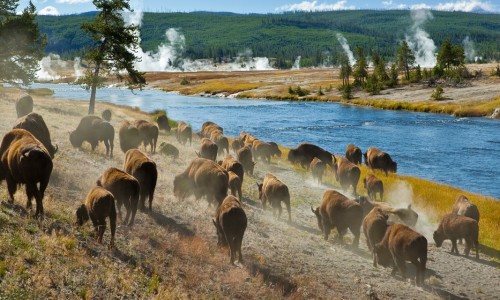
- Yellowstone National Park
- Grand Teton National Park
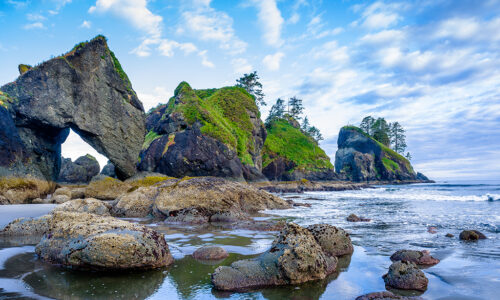
- Port Angeles
- Olympic National Park
- Sol Duc Hot Springs
- Hoh Rainforest
- Pacific Coast
- Mount Rainier National Park
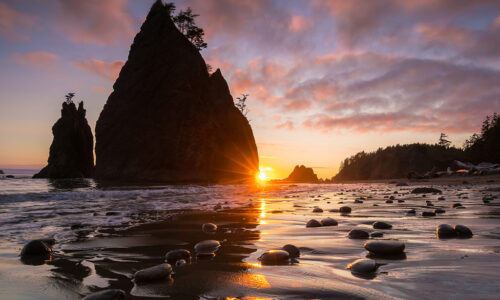
- Glacier National Park USA
- Flathead Lake
- West Glacier
- Many Glacier
- Two Medicine
- Missoula, Montana
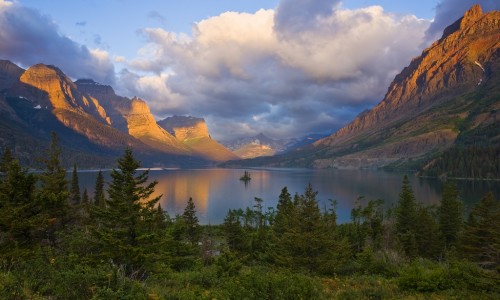
- Great Falls
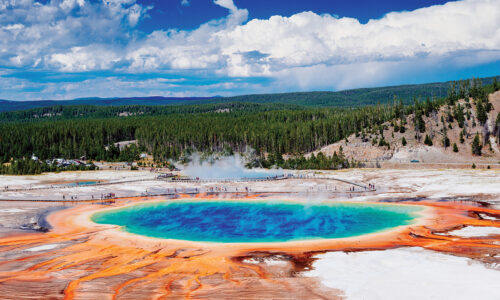
- Yosemite National Park
- Sequoia & Kings Canyon National Parks
What’s Included in the Price of Your Trip
Start Exploring Trips
The Shevlin Family rocking our Grand Canyon & Sedona trip in 2017
GoRVing : Bring Back Wildhood
National Geographic content straight to your inbox—sign up for our popular newsletters here

These are the 10 most popular national parks
More than 300 million visitors explored America’s national parks last year, from Acadia in Maine to Zion in Utah.
Since the U.S. National Park Service (NPS) started keeping records in 1904, its mountain landscapes, seaside wildernesses, and high desert acres have registered more than 16 billion visits . Some of the best known parks experienced record crowds in 2023. Straddling the border between North Carolina and Tennessee , Great Smoky Mountains National Park passed 13 million recreation visits; more than 3 million people took in the plant- and rock formation-filled desertscape of California ’s Joshua Tree National Park .
Visitors are drawn to the vastness and variety of “America’s best idea.” From sea to shining sea (as well as in the wilds of Alaska and Hawaii), the NPS’s 85 million acres encompass 150,000 miles of rivers and streams and over 21,000 miles of trails.
( Go wild, and skip the crowds, at these 7 spectacular parks .)
These 10 parks are the superstars of the system, but they offer just a glimpse of the variety to be found in the 429 park units (including 63 national parks) of the NPS.

Introducing Nat Geo Kids Book Bundle!
Related topics.
- NATIONAL PARKS
- NATURE PHOTOGRAPHY
- TRAVEL PHOTOGRAPHY
You May Also Like

Here are the best ways to get outdoors in all 50 states

How to plan an epic summer trip to a national park

How to visit Voyageurs National Park

Everything to know about Katmai National Park

9 of the best places to stay in West Virginia
- Environment
- Paid Content
History & Culture
- History Magazine
- History & Culture
- Mind, Body, Wonder
- Adventures Everywhere
- Terms of Use
- Privacy Policy
- Your US State Privacy Rights
- Children's Online Privacy Policy
- Interest-Based Ads
- About Nielsen Measurement
- Do Not Sell or Share My Personal Information
- Nat Geo Home
- Attend a Live Event
- Book a Trip
- Inspire Your Kids
- Shop Nat Geo
- Visit the D.C. Museum
- Learn About Our Impact
- Support Our Mission
- Advertise With Us
- Customer Service
- Renew Subscription
- Manage Your Subscription
- Work at Nat Geo
- Sign Up for Our Newsletters
- Contribute to Protect the Planet
Copyright © 1996-2015 National Geographic Society Copyright © 2015-2024 National Geographic Partners, LLC. All rights reserved
Yosemite National Park Ticketed Entry
Yosemite National Park
A reservation will be required to drive into or through Yosemite National Park on some days from April 13 through October 27, 2024, for those driving into the park between 5 am and 4 pm as follows:
- April 13 through June 30: A reservation is required from 5 am to 4 pm on Saturdays, Sundays, and on holidays (May 27 and June 19).
- July 1 through August 16: A reservation is required from 5 am to 4 pm every day.
- August 17 through October 27: A reservation is required from 5 am to 4 pm on Saturdays, Sundays, and holidays (September 2 and October 14).
Driving through the park will also require a reservation if entering between 5 am and 4 pm. If you are planning to visit after peak hours, please do not arrive before 4 pm; vehicles blocking roads will be cited. Entry fees apply even with a peak hour plus reservation. Entry fees will be collected at the park entrance station.
In support of the summer 2024 Peak Hours+ reservation system, Yosemite National Park is piloting license plate readers (LPR) to improve entrance station efficiency and to understand the effects of the reservation system.
Notifications and Alerts
Yosemite National Park requires reservations to enter the park on some days in 2024. Reservations will be available beginning at 8 am Pacific Time on January 5th, 2024.
Reservation period: A vehicle reservation will be required for entry during the following days in 2024:
April 13 – June 30: Weekends only, including holidays.
July 1 – August 16: Daily
August 17 – October 27: Weekend only, including Monday holidays.
For detailed information please visit www.nps.gov/yose
Need to Know
Visitors are allowed up to 2 private vehicle or 2 motorcycle reservations per account every three days. Reservations are valid for three consecutive days. You are not required to obtain a reservation every day you visit. Reservation holder must be in the vehicle or on the motorcycle at the time of entry and prepared to show photo ID.
Please have a printed or digital copy of your reservation available to be scanned at the park entrance station upon arrival.
An entrance fee is required to enter the park. Pass holders must provide their Interagency Annual or Lifetime pass for validation or will be required to pay the entrance fee. Be prepared to show photo ID.
Recreation.gov does not accept payment from foreign bank accounts or travelers’ checks.
Day users should leave food in their car with doors closed and food out of sight when hiking or away from vehicle. Not in pickup bed or strapped to outside of vehicle.
Garbage receptacles are located in every parking lot in Yosemite Valley.
For additional park information or current road conditions, call (209) 372-0200 or visit www.nps.gov/yose
Booking Windows
Primary Booking Window:
- Horsetail Falls Ticketed Entry reservations will release on December 1st beginning at 8am PST (11am EST).
- The initial primary release will open all dates for all February 2024 arrival dates.
- Peak Hour Plus Reservations for April through October 2024 will release January 5th beginning at 8am PST (11am EST)
- The initial primary release will open all April-October 2024 dates for peak hour reservations
Secondary Booking Window:
- On a rolling basis additional Horsetail Falls Ticketed Entry reservations will be made available two days in advance at 8am PST (11am EST).
- Horsetail Falls Ticketed Entry example:
- February 8th at 8am PST, tickets for February 10th will be released
- February 15th at 8am PST, tickets for February 17th will be released
- Beginning April 6th each day an additional Peak Hour Plus reservations will be made available seven days in advance at 8am PST (11am EST).
- Peak Hour Plus 2024 example:
- April 6th at 8am PST, tickets for April 13th will be released
- June 24th at 8am PST, tickets for July 1st will be released
Changes and Cancellations
- If you need to modify your reservation to another day you must complete the modification at least 24 hours prior to the reservation date.
- The $2 reservation fee is non-refundable under all circumstances. Please cancel your reservation if you do not plan on using it.
Contact Information
Mailing address.
9003 Village Dr P.O. BOX 577 Yosemite National Park CA 95389
Phone Number
209-372-0200
Available Tickets
- Peak Hour Plus Reservations- Full Day
- Peak Hour Plus Reservations -Half Day
Photo Gallery

Camp, RV, and Explore Outdoors
Recreation.gov is your gateway to explore America's outdoor and cultural destinations in your zip code and across the country. We provide tools and tips to discover new adventures through a one-stop shop for inspiration and ideation, trip planning, information sharing, and reservations. Find incredible places and experiences that help you bring home a story through Recreation.gov!
Get to Know Us
- Rules & Reservation Policies
- Accessibility
- Media Center
Plan with Us
- Find Trip Inspiration
- Build a Trip
- Enter a Lottery
- Checkout our Mobile App
- Get Involved
- Use Our Data
- Add Your Facility
Let Us Help You
- Help Center
- Submit Feedback
- Responsible Disclosure
15 of Canada's greatest national parks

May 18, 2024 • 10 min read

From Banff to Kluane, here's our guide to Canada's best national parks © Hue Chee Kong / Shutterstock
While Europe protects ancient monuments, Canada safeguards its national parks, vast, lightly populated areas filled with the kind of elemental landscapes that define the nation.
Canada’s first national park, Banff, inspired by the Rocky Mountains’ hot springs and pioneering railway construction, was founded in 1885. Just over 25 years later, with the fledgling park network numbering half-a-dozen, the government formed Parks Canada (originally known as the “Dominion Parks Branch'') as the world’s first umbrella national park organization. Today there are 47 national parks plus an additional 171 National Historic Sites that form part of a growing and increasingly varied environmental network. Five new parks have been added since 2015 and another three are earmarked for inclusion in the near future. Here's our guide to the best of them.
1. Banff, Alberta
Best mountain park
Best known today for its skiing, hiking and water-based activities, Banff owes its existence to hot water and trains. This is where tourism in Canada first took root in the 1880s inspired by the exploitation of the natural spring water that flowed out of Sulphur Mountain and the construction of the nation’s first cross-continental railway.
Due to its early foundation, Banff is far and away the most developed and popular Canadian park with an 8000-strong townsite , three ski areas, lake cruises, and an abundance of hotels and restaurants. While some decry what they see as its “over-commercialization”, it’s still refreshingly easy to get lost hiking in the Rocky Mountain backcountry or disappear on skis to one of its remote off-the-grid lodges.
Want to go hiking? Here's our guide to the best trails in Canada

2. Pacific Rim, BC
Best park for surfing
A narrow but dramatic strip of wave-whipped beaches, brooding forests, and weather-beaten sea-stacks on the west coast of Vancouver Island , Pacific Rim is split into three units, each with its own specialist activity:
- The largely roadless West Coast Trail Unit is bisected by one of Canada’s most famous long-distance hikes that incorporates 75km (47 miles) of beachcombing, ladder-climbing, and rock-hopping. Access is controlled and hiking reservations must be made in advance.
- The Broken Group Islands Unit in Barkley Sound is a wilderness archipelago that’s only reachable by boat or on multiday kayaking excursions.
- Accessible by road and attracting 95% of the park’s visitors is the northern Long Beach Unit, sandwiched between the two mellow tourist towns of Tofino and Ucluelet and revered for its string of surfing beaches and tangerine sunsets.
3. Auyuittuq, Nunavut
Best park in the Arctic Circle
Nunavut ’s parks are like frontiers on the frontier with only rudimentary visitor facilities and limited access points. However, if you’re bold, brave, and determined to get to grips with Canada’s inhospitable northern fringes, gravitate to Baffin Island where Auyuittuq National Park offers one of Canada’s finest wilderness hikes. The Akshayuk Pass route is a sketchily marked 100km (62-mile) “trail” that follows a broad open valley, climbing to a height of 500m (1640ft) and crossing the Arctic Circle along its course. Highlights include views of flat-topped Mt Asgard, where James Bond (depicted by American stuntman Rick Sylvester) famously base-jumped off a cliff in his skis in the 1977-film The Spy Who Loved Me .
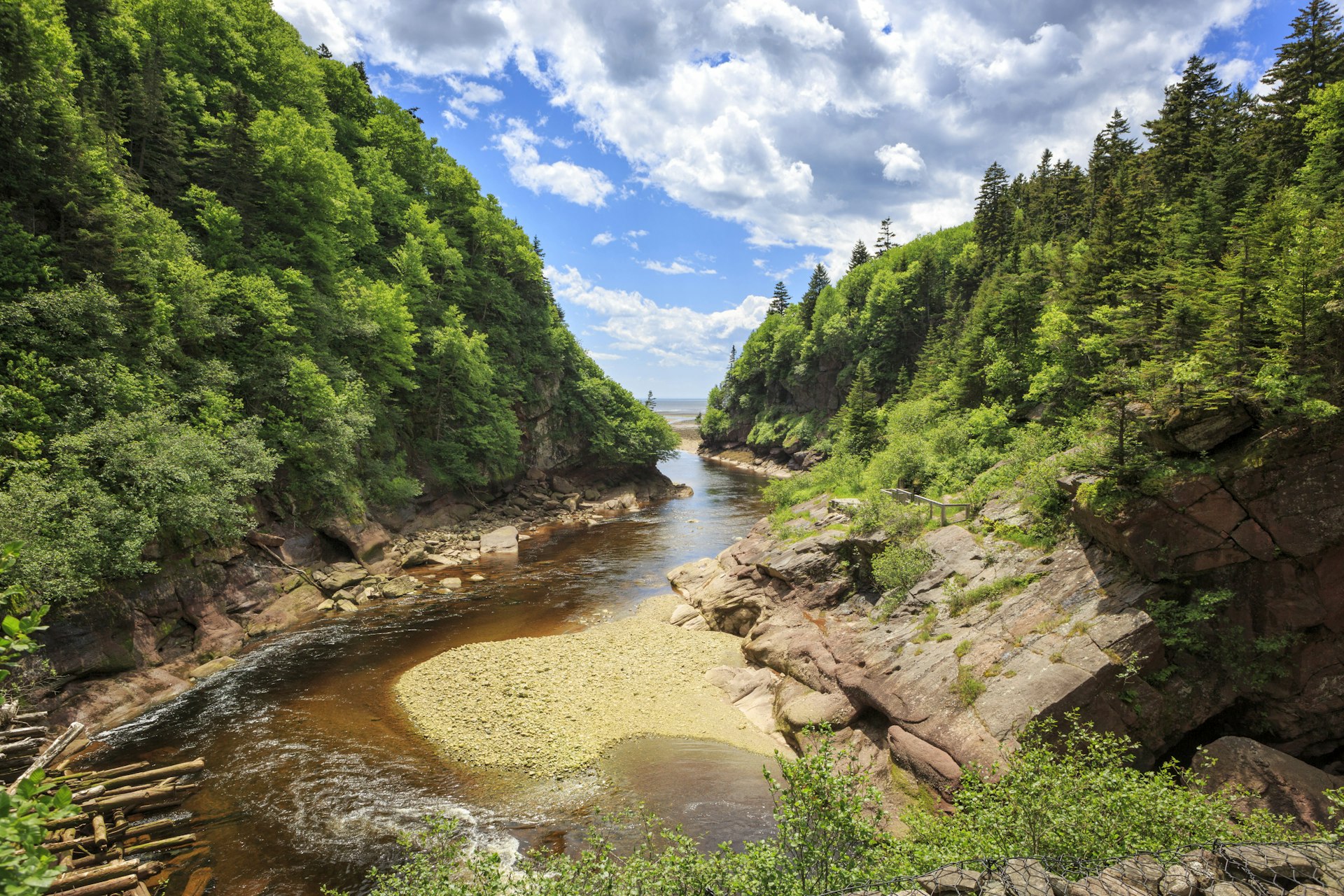
4. Fundy, New Brunswick
Best park for beachcombing
New Brunswick’s first national park was inaugurated in 1948 thanks to its ginormous tides (the world’s highest) when water levels oscillate between 12 and 16m (39 to 52ft) in the Bay of Fundy. When the sea water recedes, the region’s broad beaches reveal a patchwork of shimmering mudflats, teeming rock pools, colonies of crustaceans, and other little seen marine secrets.
Behind the uneven shoreline, characterized by its irregularly eroded sandstone cliffs, the heavily wooded park is dotted with pretty waterfalls and laced with trails suited to hiking and biking. You can also wield a nine-iron on a golf course, stay at a retro 1950s motel, and swim in a heated outdoor saltwater pool for a milder alternative to the chilly ocean.
5. Glacier, BC
Best park for backcountry skiing
Often confused with its more famous namesake across the border in the US, Glacier was an early addition to Canada’s national park network, designated in 1886 less than a year after Banff.
Protecting over 120 glaciers and legendary for its backcountry ski-touring and mountaineering, the park registers abnormally heavy annual snowfall (as much as 23m/75ft) which, in turn, converts the vertiginous slopes of the Selkirk and Purcell Mountains into one of the world's most active avalanche areas.
For this reason, most backcountry activities, including skiing, caving, and climbing, are regulated and you must register with park wardens before venturing out. Known as the birthplace of North American mountaineering, it remains a heavenly escape for modern snow-sport extremists.
Access to the region is via the Trans-Canada Hwy which bisects the park east-west summiting 1130m (3707ft) Rogers Pass, a national historic site and one of Canada’s most beautiful mountain passes.
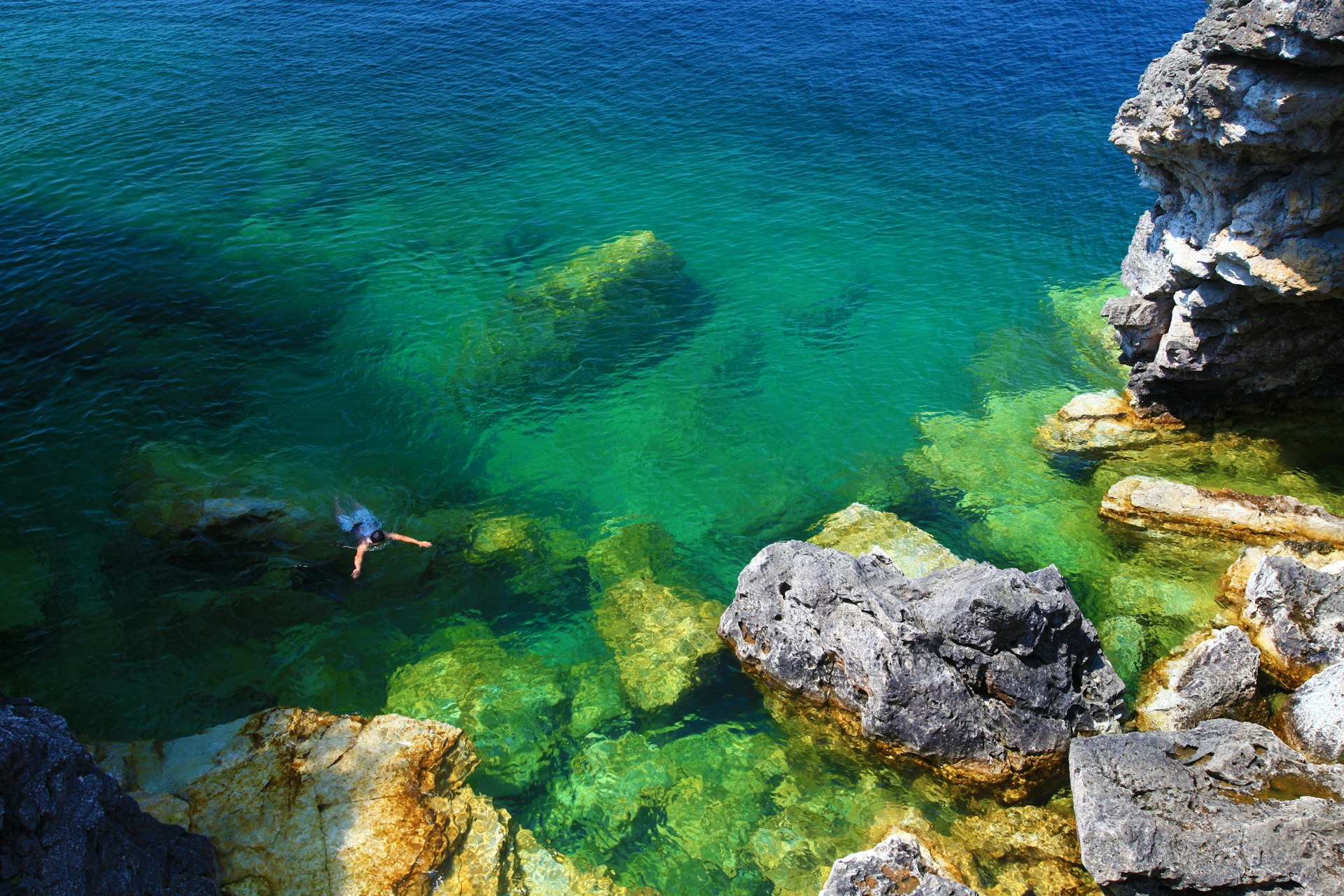
6. Bruce Peninsula, Ontario
Best park for water activities
Around three hours' drive northwest of Toronto, the Bruce Peninsula is made up of a limestone outcrop at the northern end of the Niagara Escarpment that juts like a bent finger into North America’s Great Lakes separating the cool waters of Georgian Bay from warmer Lake Huron.
While the national park itself is not large, it squeezes a lot of attractions into its 154 sq km (59 sq miles), many of which are water based. There’s an ethereal "grotto" (water-filled cave) to explore, plentiful kayaking opportunities and ample chances to swim in either warm Lake Huron, or cold but clear Georgian Bay. The peninsula’s green woodlands are intersected by a short shore-hugging section of the 800km (497-mile) Bruce Trail.
7. Prince Edward Island, PEI
Best park for literary landmarks
Eastern Canada’s most popular national park , with around 750,000 annual visitors, is a diminutive affair that manages to squeeze an intense mix of croissant-shaped sand dunes and trailblazing literary sights into its 27 sq km (10 sq miles).
The beaches and dunes are protected as an important nesting ground for the endangered piping plover, a sparrow-sized shorebird with a soft whistling call, while a few blocks inland you can satisfy your more erudite tendencies with a visit to the farm and house that were the inspiration for the 1908 novel, Anne of Green Gables by Lucy Maud Montgomery, Canada’s most enduring literary icon.

8. Gros Morne, Newfoundland
Best park for geological exploration
Students of plate tectonics and continental drift can enrich their geological knowledge amid the unique topography of Gros Morne ’s barren "tablelands", an eerie flat-topped massif featuring exposed rock from deep within the earth’s crust.
For non-scientists, advanced geological qualifications are not required to appreciate the beauty of the park’s deep-cut fjords, blustery headlands, vertiginous cliffs, and powerful waterfalls. Whales breach in the surrounding seas and shipwrecks and beaches dot the coast.
9. Jasper, Alberta
Best park for wildlife-viewing
Another Rocky Mountains park with a townsite and a ski resort, Jasper is a larger, steelier, more northerly continuation of Banff. It too has shops and restaurants, a gondola to the top of a nearby mountain (the Whistlers) and a spirit-reviving hot springs. But, receiving less than half of Banff’s annual visitor count, Jasper is a much more suitable place to see big fauna in its natural habitat. Elks graze on railway tracks, bears hunt for berries in subalpine forest, and wolves and cougars occasionally prowl the park’s central valleys in the winter.

10. Grasslands, Saskatchewan
Best prairie park
Comprising a sea of grass and prairie where treeless hills clash with big blue skies, Grasslands is one of two national parks in Saskatchewan . Anchored by a visitor center located in the tiny settlement of Val Marie, 350km southwest of Regina, the park’s harsh, semi-arid landscapes are the habitat for two important animal species: black-tailed prairie dogs and plains bison. The latter were successfully reintroduced into the park in 2005.
The easiest way to see both is on the self-guided Grassland Ecotur Scenic Drive that incorporates seven points of interest along its 80km (50 mile) course including old homesteader cabins, flat-topped buttes, and a couple of short interpretive walks.
11. Cape Breton Highlands, Nova Scotia
Best park for a road trip
While many Canadian national parks have no roads at all, Cape Breton Highlands in the Maritimes makes road-tripping easy courtesy of the Cabot Trail Scenic Travelway, a 298km-long (185-mile) "ring road" that circumnavigates the island’s northern reaches dipping into tiny Acadian fishing villages en route. Around one-third of the road traces the edge of the national park where you can absorb primordial land-meets-ocean scenery embellished by dramatic highlands, steep cliffs and a broad tundra-esque plateau. The big show-stopping hike is the 8.2km (5-mile) round-trip Skyline Trail from where walkers can look down on ocean, headlands and the asphalt Cabot Trail rendered in miniature.
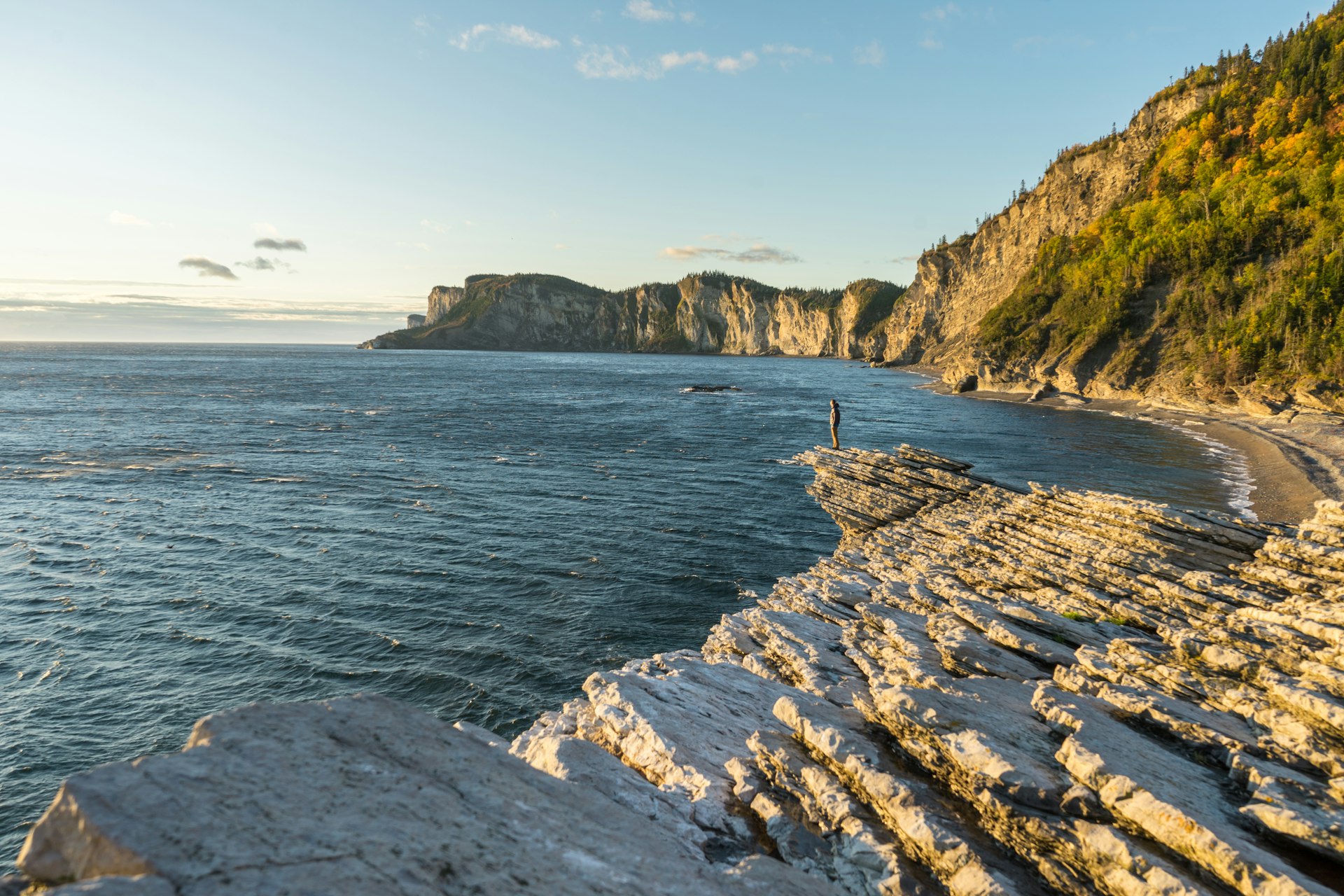
12. Forillon, Québec
Best park for coastal hikes
Protruding into the Gulf of St Lawrence on the eastern extremity of Québec’s Gaspé Peninsula, Forillon 's crested mountains plunge dramatically into the Atlantic with rugged bluffs overlooking waters replete with spouting whales. Cliff-top trails well-ventilated by blustery winds characterize the peninsula’s precipitous north coast, while the south coast is more sheltered and secluded, harboring beaches and salt marshes where rare ringlet butterflies thrive. Just as birds and sea mammals dominate the coastal wildlife; porcupine, deer, moose, foxes, and bears inhabit the forested slopes of the park's interior.
13. Nahanni, Northwest Territories
Best park for wilderness kayaking
You’ll need to jump on a floatplane to see the unsullied glories of Nahanni in the Northwest territories, a vast roadless national park, acclaimed for its wilderness rivers that curl around the MacKenzie Mountains through deep canyons and extensive karst landscapes riddled with interconnecting caves. With zero population and no services, visits here are pricey but rewarding once-in-a-lifetime trips best organized out of bases in Fort Simpson or Whitehorse . The multiday guided paddling excursions on the South Nahanni River are spectacular.

14. Kluane, Yukon
Best wilderness park
Combined with the adjacent Wrangell-St Elias national park in Alaska, Kluane in the Yukon makes up the largest protected wilderness area on Earth, a veritable "empire of mountain and ice" that includes Canada’s highest peak, Mt Logan (5959m/19,550ft) and an extreme backcountry of giant icefields, remote unclimbed mountains, and grizzly bears who have never met a human.
To get a glimpse of a small portion of Kluane’s supersized wonders, track the Alaska and Haines Highways north of the BC-Yukon border where two dozen trailheads mark the gateway to a vast array of intimidating landscapes offering everything from one-hour rambles to highly advanced multiday adventures.
15. Gwaii Haanas, BC
Best park for Indigenous culture
This extensive national park , and UNESCO World Heritage site, encompasses elongated Moresby Island and 137 smaller islands that cluster around its southern tail. It combines a time-capsule look at abandoned villages of the Haida First Nation with hot springs, windswept natural beauty, and some of Canada’s best sea-kayaking. Archaeological finds have revealed more than 500 ancient Haida sites, including villages and burial caves throughout the islands. The most famous village is SGang Gwaay (Ninstints) on Anthony Island, where lines of storm-aged totem poles stare mysteriously out to sea.
Planning tip: Advance planning is required as the number of visitors entering the park each day is limited. The easiest way is to take a guided trip with a licensed operator; access to the park is by boat or floatplane only.
Keep planning your trip to Canada:
Save this guide for the best places to visit in Canada Traveling on a budget? We have tips for you Check whether you need a visa to visit Canada And now get planning the ultimate Canadian road trip
This article was first published Mar 26, 2021 and updated May 18, 2024.
Explore related stories
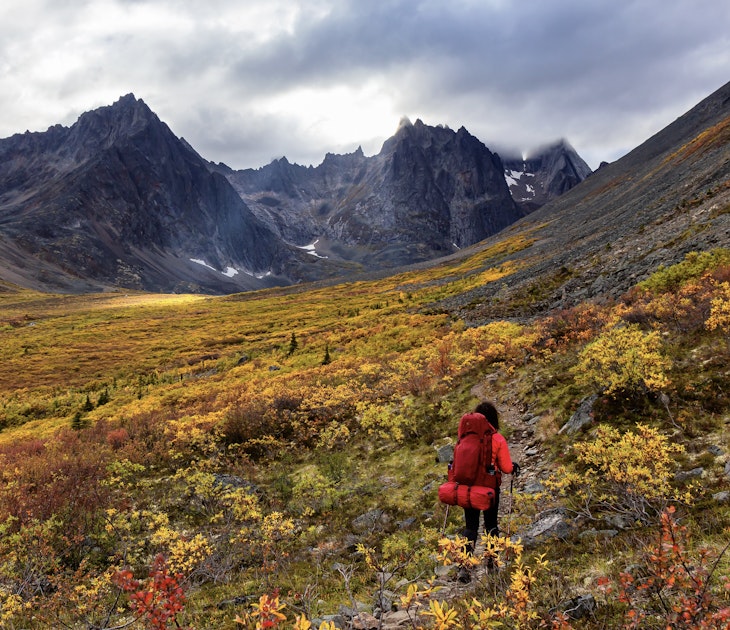
Apr 15, 2024 • 12 min read
The best way to take in Canada’s awe-inspiring landscapes? On your own two feet. Consider starting with these 16 hiking trails all over the country.
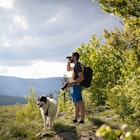
Oct 10, 2023 • 7 min read
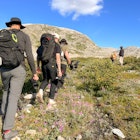
Jun 12, 2023 • 15 min read
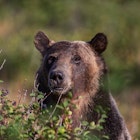
Dec 29, 2022 • 7 min read
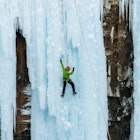
Sep 6, 2022 • 7 min read
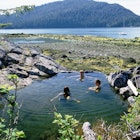
Sep 1, 2022 • 8 min read
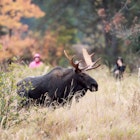
Aug 27, 2022 • 8 min read

Jul 14, 2022 • 4 min read
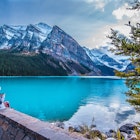
Jul 13, 2022 • 5 min read
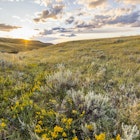
Aug 9, 2021 • 6 min read
- Skip to global NPS navigation
- Skip to the main content
- Skip to the footer section

Exiting nps.gov
Entrance passes.
Most of the sites managed by the National Park Service are free to visit, but some require an entrance pass. You may also need a vehicle reservation at a few high-traffic sites.
Frequent visitors, seniors , military, and others may save money on entrance fees with an America the Beautiful—the National Parks and Federal Recreational Lands Pass, also known an America the Beautiful or interagency pass. Review all pass options below and decide which pass is best for you.
Entrance Pass Comparison
National parks that charge an entrance fee require visitors to purchase or obtain a standard pass, park-specific annual pass, or America the Beautiful pass. Visitors only need one of these.
Standard Pass
- For one national park
- Valid for 7 days
- Directly funds the park
Recommended for
One trip to one park
Entrance fees and passes by park
Annual Pass
- For one national park or park group
- Valid for 1 year
- Not available for every park
- Multiple trips to one park
- One or more trips to one park group
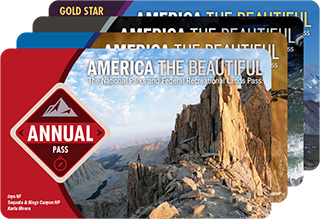
America the Beautiful—the National Parks and Federal Recreational Lands Pass
- Covers entrance fees and standard amenity fees (day-use fees) at Federal recreational sites, including national parks
- 1 year and lifetime options
- Seniors , military, visitors with permanent disabilities
- One or more trips to multiple parks
More about America the Beautiful Passes
Vehicle Reservations
Some highly-visited national parks use a seasonal or year-round timed entry system to manage private vehicle traffic. Reservations are typically made available through recreation.gov on a rolling basis. If you plan to drive into one of these parks while the timed entry system is in effect, we recommend making a reservation well in advance.
Parks with vehicle reservations
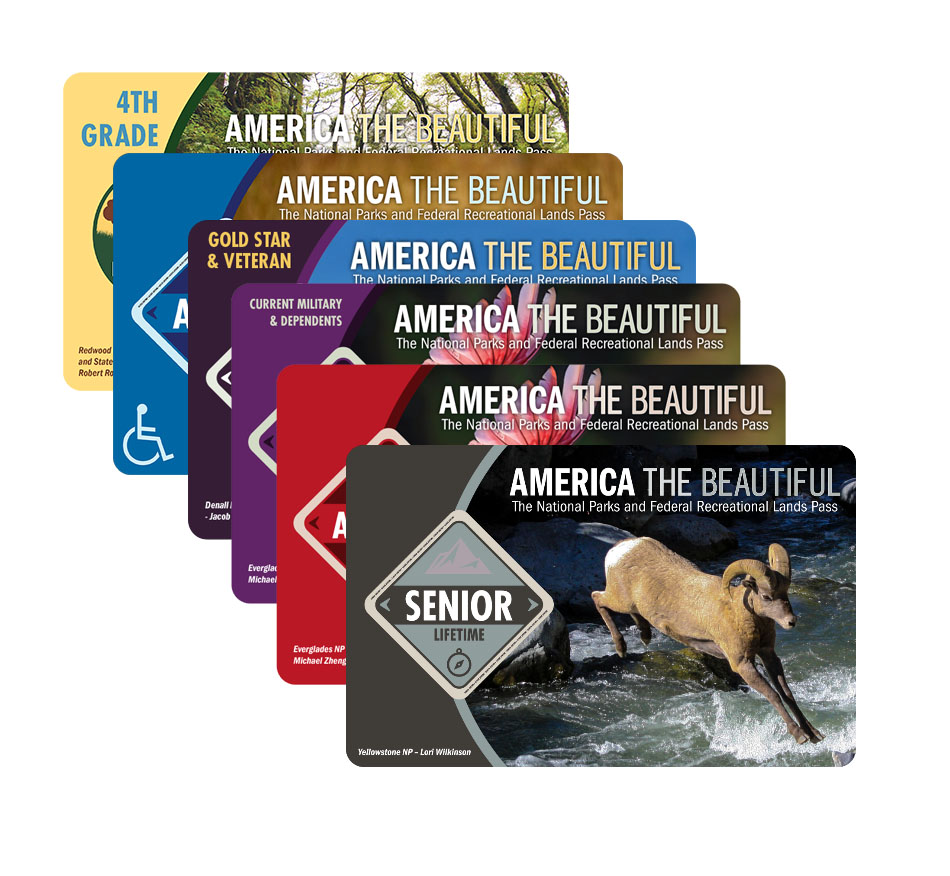
Covers entrance fees and standard amenity (day-use) fees at lands managed by
- National Park Service
- US Fish & Wildlife Service
- US Forest Service
- Bureau of Land Management
- Bureau of Reclamation
- US Army of Corps of Engineers
Depending on the type of entrance fee charged at a site, covers One private vehicle fee or Four per person fees
America the Beautiful Passes are non-refundable, non-transferable and cannot be replaced if lost or stolen . Passholders must show valid photo identification (ID) with each pass.
How to Get an America the Beautiful Pass
In person (recommended).
Passes can be purchased or picked up at over 1,000 federal recreation sites.
Purchase and pickup locations
Order Online, Receive by Mail
To receive your pass by mail, order online at the USGS Online Store or by phone: 1-888-275-8747 , extension 1. Hours of operation are 8 am to 4 pm Mountain Time.
Visiting soon? Pick up a pass when you arrive.
America the Beautiful Passes ordered online through the USGS Online Store may take up to three weeks to be processed and delivered. Get your pass at one of over 1,000 purchase and pickup locations to avoid the wait.
Senior Passes
US citizens and permanent residents ages 62 and older can purchase an annual America the Beautiful—the National Parks and Federal Recreational Lands Pass for $20.00, or a lifetime version for $80.00. Applicants must provide documentation of age and residency or citizenship.
- The Senior Pass may provide a 50 percent discount on some amenity fees charged for facilities and services such as camping, swimming, boat launch, and specialized interpretive services.
- The Senior Pass generally does NOT cover or reduce special recreation permit fees or fees charged by concessioners.
- Passes may not be purchased as gifts since eligible recipient must show proof of eligibility.
Annual Senior Pass
Lifetime senior pass, golden age passports and golden access passports.
Golden Age Passports and Golden Access Passports are no longer sold. However, these passes are still honored according to the provisions of the pass.
We encourage you to exchange your Golden Age/Golden Access Passport for a current Lifetime Senior Pass for free. You can exchange in-person at sites that issue passes. Please bring your old pass and photo identification with you.
Annual Passes and Park Groups
While most annual park passes are limited to one national park, a few sites offer an annual pass valid at multiple national parks, federal recreational lands, or state parks.
Free Entrance Days
Come experience the national parks! On six days in 2024, all National Park Service sites that charge an entrance fee will offer free admission to everyone. Mark your calendar for these entrance fee–free dates in 2024:
- January 15: Birthday of Martin Luther King, Jr.
- April 20: First day of National Park Week
- June 19: Juneteenth National Independence Day
- August 4: Anniversary of the Great American Outdoors Act
- September 28: National Public Lands Day
- November 11: Veterans Day
Your Fee Dollars at Work
All the money from entrance fees remains in the National Park Service, and at least 80 percent stays in the park where it was collected. Learn more about how entrance fees are used to improve the visitor experience .
Last updated: March 25, 2024

IMAGES
COMMENTS
Get planning and safety tips to make your trip a fun, safe adventure. ... Explore national parks with digital tours, ranger programs, educational opportunities, and more. Trip Ideas. Partnership & Cooperation. National Heritage Areas ... USA.gov Facebook; Youtube; Twitter; Instagram;
Order one online ahead of your visit. It covers you and all passengers in your vehicle (including rental car or RV). Just a single trip nearly covers the cost of the pass. Get it now. Yes, you can visit every U.S. National Park in one epic road trip. Follow this cross-country route to hit every park in the Lower 48.
Let us help you plan your next trip to a national park! Check out the NPS Trip Planning Guide, which will help you prepare before you go, know what to do when you arrive, and assess and adjust while on your journey. ... Many parks require you to stay a minimum distance of 25 to 50 yards from most wildlife and 100 yards from predators like bears ...
The trip is predominantly in the state of Utah but crosses into Arizona as well. The Grand Circle Road Trip includes parks: Zion and Bryce Canyon National Parks, Arches and Canyonlands National Parks, Grand Canyon National Park, Capitol Reef National Park and more! While this road trip can be done in around 2 weeks, we recommend you allow ...
2022 Trip Planners. Our free national park trip planner downloads are filled with inspiring itineraries, gorgeous photographs, park maps and everything you need to plan your dream vacation. To get even more vacation information, select our trusted travel partners that are on your route to the parks. You'll receive mail and/or email directly ...
Looking for ideas to help you plan your next trip to a national park? This is the place to start! These trip ideas provide recommended activities designed to help you figure out how to spend your time. For even more ideas, see the list of all trip ideas below or search for things to do and trip ideas by park, activity, topic, duration, and more.
Explore US National Parks: From road trip planning, wildlife viewing and activities in national parks to national park lodging options. ... Ready to explore the National Parks of the United States? The U.S. is fortunate to have an abundance of beautiful parks to explore. Putting it all together, there are over 390 sites that the US National ...
I gained a lot of knowledge about visiting national parks during my 2017 road trip. My husband and I planned the entire 7-month road trip itinerary ourselves, including the driving route, accommodation, day hikes, backpacking trips, sightseeing, etc.
Ultimate Centennial Parks Road Trip. There are 61 National Parks in the US, which is A LOT of ground to cover; around 14,498 miles if you go the most efficient way. In 2016, data scientist Randy Olson created an interactive map that optimized driving times to create the ultimate US National Parks road trip itinerary. It excludes parks in Alaska ...
1. Best of Colorado Road Trip Featuring 4 National Parks Bear Lake in Rocky Mountain National Park (Photo courtesy Jeff Stephenson) Wander the state that has inspired artists, writers and a national anthem on this mesmerizing Colorado road trip. Katherine Lee Bates wrote the lyrics to America the Beautiful standing atop Pikes Peak in Colorado.
To make planning your trip easier, consider using a road trip planner like My Maps or Tripadvisor. And don't forget to purchase an America the Beautiful Pass, which will give you access to all the national parks on your trip. With this itinerary, route, and planning tips, you're ready to embark on the ultimate 2-week national park road trip.
Discounts and passes at national parks. Frequent national park visitors can save big on entrance fees by purchasing an annual America the Beautiful Pass, which is valid at areas managed by the National Park Service, Forest Service, Fish and Wildlife Service, Bureau of Land Management, Bureau of Reclamation, and U.S. Army Corps of Engineers.. The pass costs $80 and covers entrance for up to ...
Our country boasts 59 national parks, and contained within are many lifetimes worth of exploring. Visiting them all is a lofty goal that most people will never achieve, but there are ways to experience many highlights of the national park system in one fell swoop. Some of the most famous jewels are in the Western U.S., which begs the question of how they might be combined in a single, epic trip.
Visit the GIS, Cartography & Mapping site to learn more about how we make maps and how we use them to help manage our parks. Explore these topics: Web mapping tools. Thematic map resources such as land status, vegetation mapping, sound mapping, geodiversity atlas, and more. Maps will help you plan your trip to and in national parks.
National Park lover and planning enthusiast. As a weekend warrior with a full-time desk job, I'm all too familiar with the difficult balance between bucket list travel aspirations and limited vacation days. That's why I started Well Planned Journey. I share realistic, ultra-detailed itineraries and national park guides to help real people ...
#15 in Best U.S. National Parks for 2024 At 14,410 feet tall, Mount Rainer is the highest peak in the Cascade Range and the tallest volcano in the contiguous United States.
Screenshots. The Official NPS App - Your Ultimate National Park Companion! • Explore 420+ national parks effortlessly with interactive maps, self-guided tours, and essential on-the-ground information. • Interactive Maps: Plan your trip with detailed park maps, including points of interest, trails, and essential information.
Alaska Road Trip Map. 8. Glacier, Yellowstone, & Grand Teton National Parks Road Trip. North Cascades to Glacier National Park is a 10 hour haul and marks the first eastward turn of the trip. From Glacier we head South to grand old Yellowstone and Grand Teton National Parks. Glacier to Yellowstone Road Trip. 9.
Tracks & Trails offers complete, personalized RV vacation planning services for camping trips to National Parks within the Western United States and Canada. (800) 247-0970 Mobile Menu Toggle
The NPS App is the new official app for the National Park Service with tools to explore more than 400 national parks nationwide. Find interactive maps, tours of park places, on-the-ground accessibility information, and much more to plan your national park adventures before and during your trip. The free app is currently available for iOS and ...
It's one of the 10 most popular national parks in the United States. Photograph by Andrew Coleman, Nat Geo Image Collection ... How to plan an epic summer trip to a national park. TRAVEL. How to ...
Trip Plan. A Trip Plan is a written plan that captures important details about your travel itinerary and plans while visiting a national park or any outdoor wilderness area. A Trip plan can be shared with Search and Rescue authorities to help them locate you if you don't return at the end of your activity (e.g. hike) when expected.
A reservation will be required to drive into or through Yosemite National Park on some days from April 13 through October 27, 2024, for those driving into the park between 5 am and 4 pm as follows: April 13 through June 30: A reservation is required from 5 am to 4 pm on Saturdays, Sundays, and on holidays (May 27 and June 19).
While Europe protects ancient monuments, Canada safeguards its national parks, vast, lightly populated areas filled with the kind of elemental landscapes that define the nation. Canada's first national park, Banff, inspired by the Rocky Mountains' hot springs and pioneering railway construction, was founded in 1885.
RANGER TIP. Tailor the 10 essentials to your trip! You may need to pack additional items like medication, bug repellant, hiking boots, a life jacket(s), and a helmet(s). Pack a whistle, especially if you are traveling with kids. If someone becomes lost, blowing a whistle can help search parties find them.
Senior Passes. US citizens and permanent residents ages 62 and older can purchase an annual America the Beautiful—the National Parks and Federal Recreational Lands Pass for $20.00, or a lifetime version for $80.00. Applicants must provide documentation of age and residency or citizenship. The Senior Pass may provide a 50 percent discount on some amenity fees charged for facilities and ...